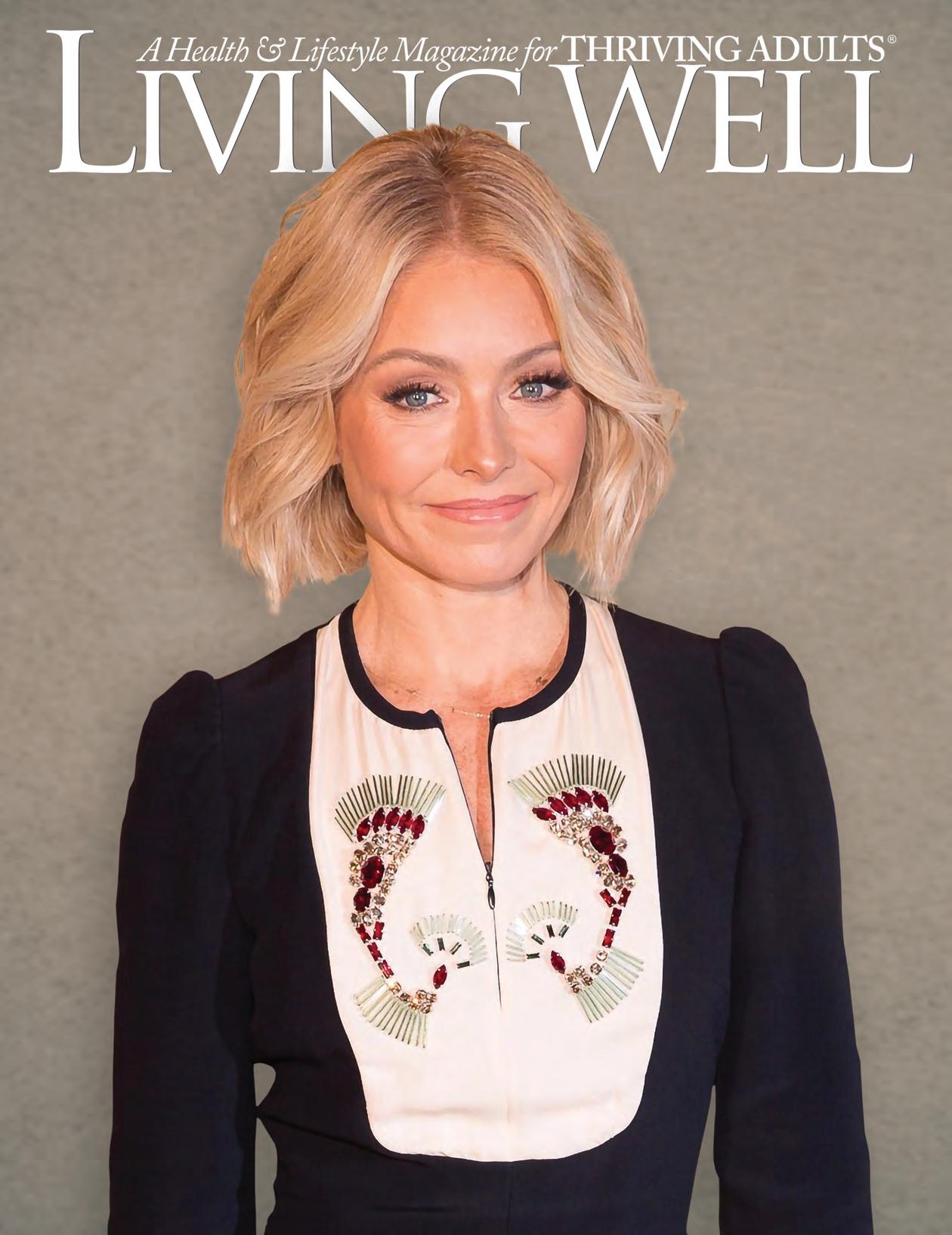

RIPA
RISE & SHINE
THERAPY SERVICES:
• Manual Physical Therapy
• Manipulation based therapy
• Dry needling
• Cupping
• Individualized exercise programs
• Sports and injury prevention programs
• Vestibular rehabilitation
• Balance and fall prevention programs
• Pre- and Post-Operative therapy
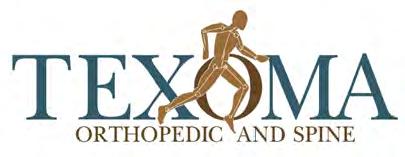
At Texoma Orthopedic and Spine, we are dedicated to providing our patients with the highest quality treatment of Orthopedic injuries and disorders for patients at all stages of life.
Our physicians, Brian T. Rose, MD and C. Craig Cranford, DPM, believe in improving quality of life by providing their patients with education as well as top-notch surgical, non-surgical, diagnostic and therapeutic treatment options.
We provide a full range of surgical and non-surgical treatment options for a variety of orthopedic conditions, including osteoarthritis of the joints, sports injuries and fractures of the upper and lower extremities, as well as neck and back pain.
Texoma Orthopedic and Spine has on-staff therapists to make sure your doctor is in close communication regarding your therapy during your rehabilitation process.
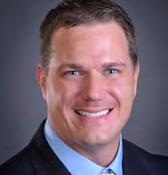
C. Craig Cranford, DPM, MPH, FACFAS
FOOT AND ANKLE SURGERY
Surgical Services:
• Foot and Ankle Trauma and Reconstruction
• Fracture repair
• Flat Foot Reconstruction
• Total Ankle Replacements
• Bunion Repair
• Hammertoe Repair
• Joint replacement in small joints
• Charcot reconstruction
• Foot and Ankle arthritic conditions
• Plantar fasciitis
• Achilles Tendon Repair
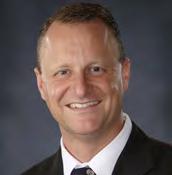
Brian T. Rose, MD, FAAOS
ORTHOPEDIC SURGERY OF THE SPINE
Surgical Services:
• Spinal Fusion
• Kyphoplasty
• Cervical Disk Replacement
• Microdiskectomy
• Spinal Decompression
• Interlaminar Stabilization


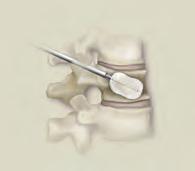
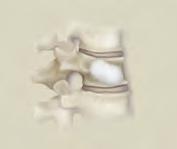



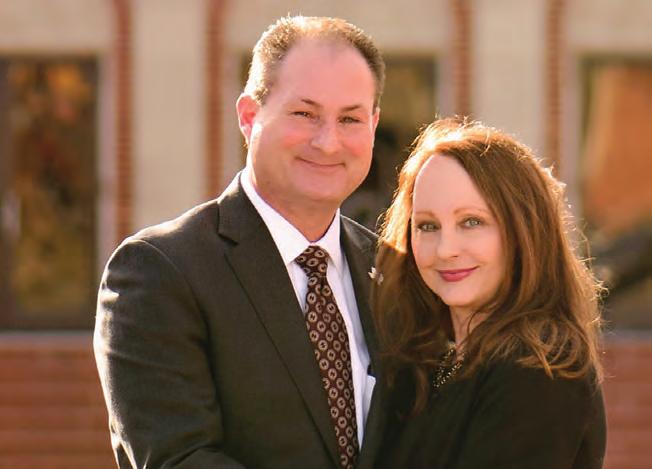
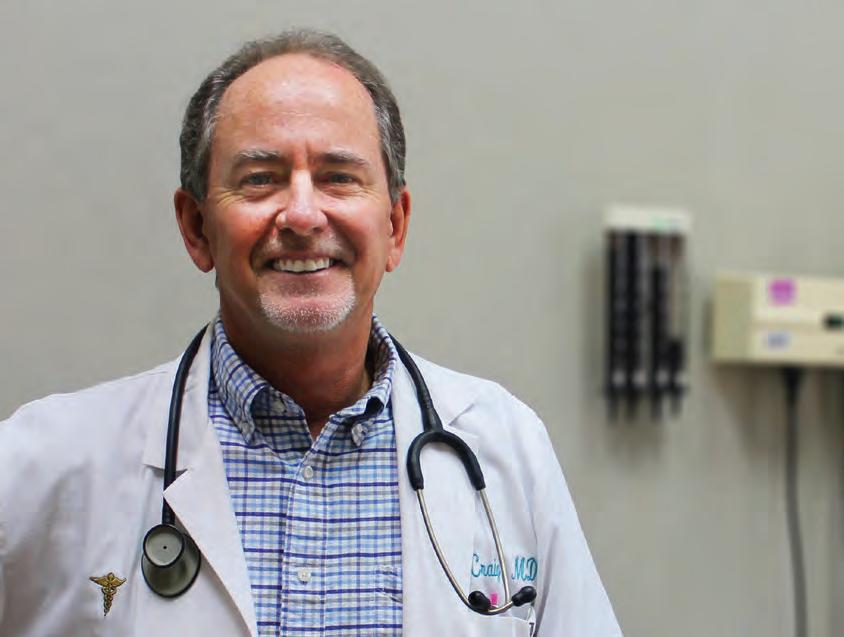
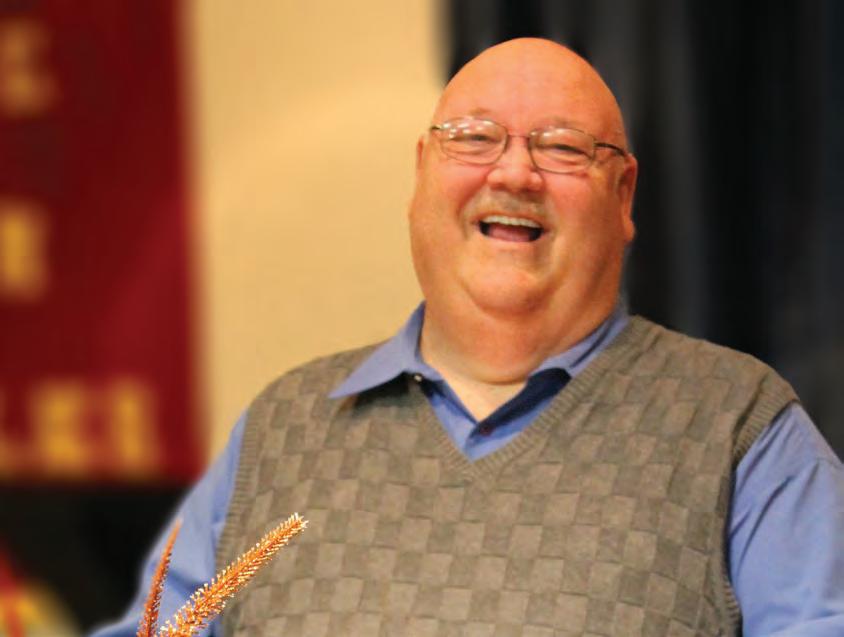
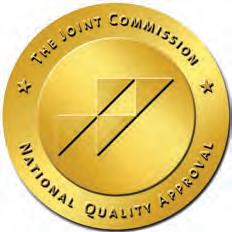
FROM THE PUBLISHER
A REASON TO RISE & SHINE
For a heady dose of positivity, we catch up with morning talk show host Kelly Ripa in this issue. The petite dynamo is an energizing blend of morning glory that millions of people rise and shine to.
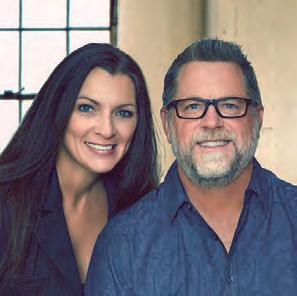
Ripa has been entertaining audiences for two decades on various iterations of the Live! morning program. From Live with Regis & Kelly, to Live with Kelly & Michael, and now Live with Kelly & Ryan, Ripa’s on-air persona is as fun and fresh as the first day she sidled up to the show’s original host, Regis Philbin.
Find out what makes Ripa sparkle and how she keeps it fresh with her long-time hubby Mark Consuelos on page 8. We’re not surprised how candid Ripa gets when sharing details of her life. After all, being relatable and sharing personal anecdotes are part of her charm.
Switching gears to something more serious, we discuss sleep apnea on page 48. Roughly 20 million people suffer from this ailment and have difficulty breathing while sleeping. Left untreated, it can lead to serious health conditions. Read about the causes, effects, and treatments to get the inside track on how to tackle this problem.
For something on the lighter side, turn to page 30 for suggestions on fun hiking adventures to tackle with your kids or grandkids. Far from strenuous, these novel suggestions offer learning opportunities for kids and adults alike.
Here’s hoping you get to it.
Be well!

Living Well
PRESIDENT & CEO
SAM HOUSTON
VICE PRESIDENT & CFO SPRING HOUSTON
EDITOR, FEATURE WRITER & SOCIAL MEDIA SONDRA BARR
ART DIRECTOR
VANESSA FRYER
ACCOUNTS MANAGER JENNIFER BEAVERS
WEBSITE LYDIA ROGERS
ADVERTISING & SALES
TEXAS: Denton County, Dallas County, Collin County
TEXAS & OKLAHOMA: Texoma Area
WRITE TO US:
Tell us who you would like to see featured on the cover, or what subjects you would like covered in upcoming editions of LIVING WELL MAGAZINE at info@livingwellmag.com
SUBSCRIPTIONS & CUSTOMER INQUIRIES
Houstons of Dallas Publishing, Inc. 102 E. Broadway, #901 Prosper, TX 75078
www.LivingWellmag.com
Phone: (214) 507-1000 Fax: (855) 248-2132
LIVING WELL MAGAZINE is a source for quality educational articles on living a healthy, vibrant life. Our focus is on connecting our readers with the latest information on a host of topics relevant to their evolving life. From cutting edge medical news and procedures to top-tier financial, legal and lifestyle information. Connecting readers to leading medical and business professionals in their community in Texas and Oklahoma.
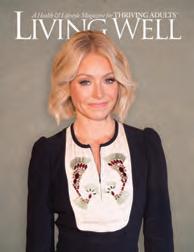




When you need top quality parts and service, look to Plano Power Equipment. To keep your equipment in top shape, you can count on Plano Power Equipment’s retail parts sales and ser vicing of Toro-brand equipment using genuine Toro® parts.

POWERFUL PERFORMANCE AND LIGHTWEIGHT AGILITY!
Plano Power Equipment
21” Personal Pace® Honda Engine Super Recycler® Mower (20382)
• Personal Pace® self-propel automatically adjusts to your walk speed.
• Powered with a Honda® GCV 160cc OHC engine
• Covered by a 5-Year Guarantee-to-Start engine warranty plus a 5-Year Full Coverage Warranty.
• Quick Stow Storage Handle allows you to store your mower in tight spaces.
30” Personal Pace® TimeMaster® Mower (21199)
• Time Saver – Finish jobs faster with the 30” deck.
• No Restarts! Leave the mower without restarts with Spin-Stop™ Blade Stop Pick Your Pace–You control the mowing speed with Personal Pace®.
• Big Power – You’ll enjoy great power and performance from 10 00 ft.-lb. Gross Torque Briggs & Stratton® 223cc OHV engine.
MOW LIKE THE PROS!
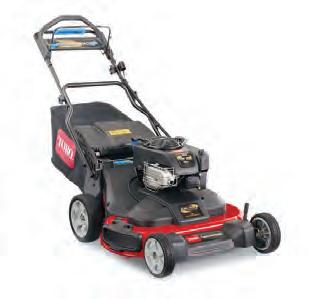
EXPERIENCE THE RESIDENTIAL ZERO-TURN RIDING MOWER WITH COMMERCIAL MOWER FEATURES.
50” TimeCutter® MX5000 (74773)
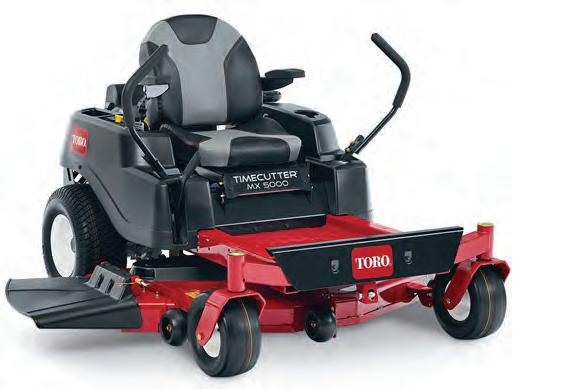
• Mow around obstacles easily with zero-turn radius steering and dependable dual hydrostatus transmissions.
• Enjoy a smoother ride with Toro’s long-lasting durable, heavy-duty 10-guage steel frame, commercial style front axle and heavy-duty front caster forks with wide front tires.
• Pro Performance 24 HP Kohler V-Twin 725cc engine with Pro-Series air cleaner.
• 50” heavy-duty fabricated deck featuring Toro’s tough IronForged™ cutting system that dominates challenging cutting conditions – 3-bladed mowing system and durable 6” commercial inspired spindles, driven by belts made of Kevlar®, the same material found in bullet proof vests.
Premier Foot & Ankle specializes in the treatment of all foot and ankle issues patients of all ages may experience. Our dedicated providers are committed to providing patients with quality care and pain relief using cuttingedge technology such as Pulse Activation Treatment to cure heel pain/plantar fasciitis as well as Padnet vascular and Smart Scan nerve testing for diabetics. By for the entire family, we at Premier Foot & Ankle focus on treating both the injured athlete and anyone with foot or ankle injuries.
Premier Foot & Ankle is the leading practice of foot and ankle specialists in the Dallas-Ft. Worth area as evidenced by multiple awards such as the Best of Dallas 2011-2012 and 2015-2020 and the Reader’s Choice Best of Living 2017. As a trusted and dedicated
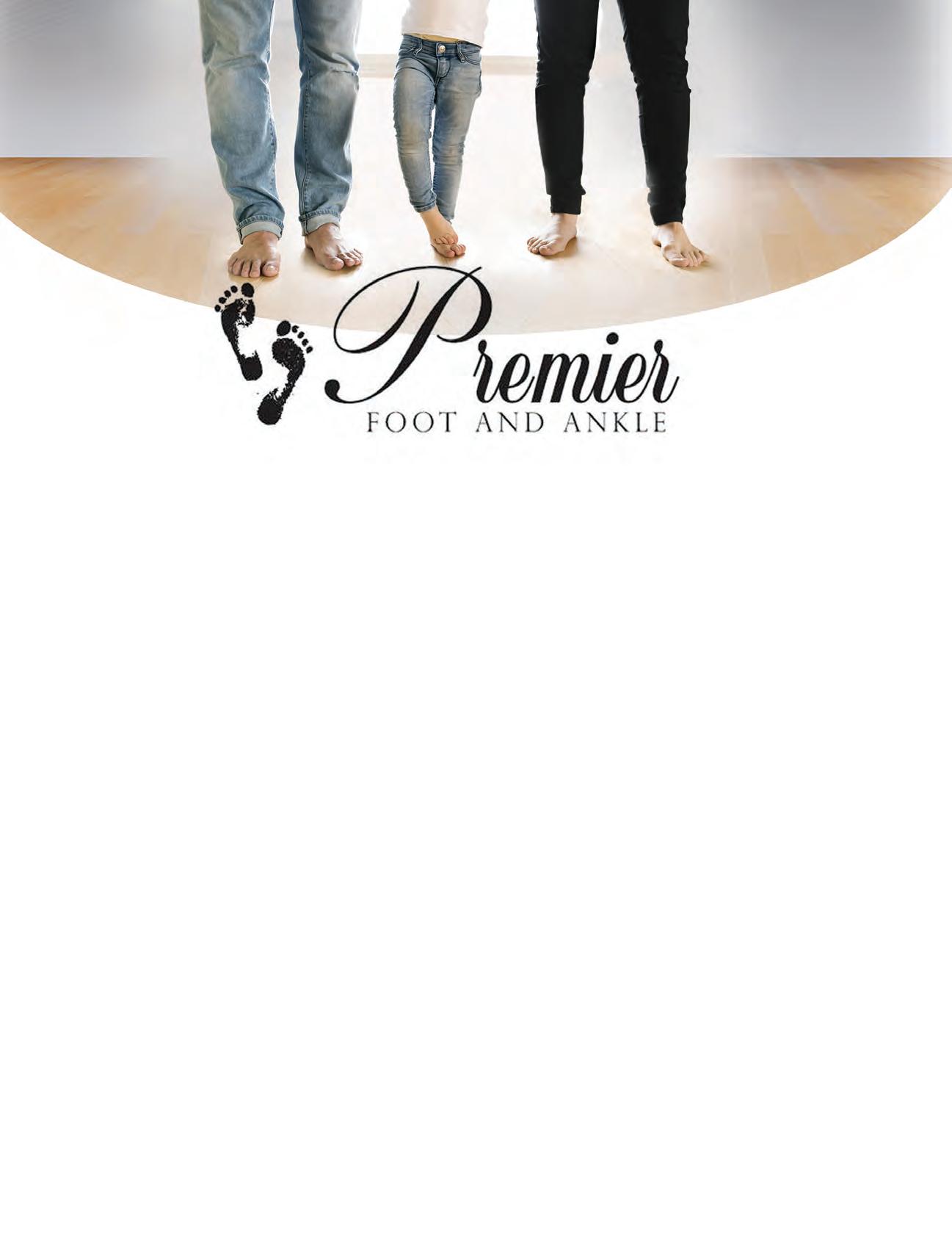
provider, Premier Foot & Ankle is here to help patients alleviate their foot and ankle pain resulting from various foot disorders and injuries such as sports and diabetic foot care.
To move toward your pain-free lifestyle with an individualized comprehensive treatment plan, visit us today at www.premierfoot.com to schedule your appointment!
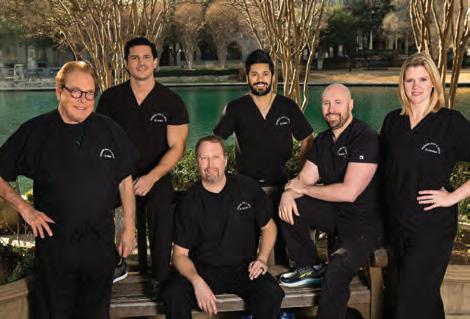

Rise & SHINE
By SONDRA BARRIf you think about it, anchoring an award-winning top morning talk show day in and day out for over 20 years must be exhausting. You have to look your best at all times, regardless of late nights and early mornings. Then there’s the constant small talk and off-the-cuff bon mots hosts need to strategically sprinkle throughout each telecast to keep the audience from changing the channel.
To keep up the endless a.m. shtick for two decades without it becoming staid is a skill, one that Kelly Ripa has mastered over the years. That Ripa’s on-air persona on the Live franchise is as fun and fresh as the first day she sidled up next to the show’s original patriarch, Regis Philbin, is a testament to Ripa’s natural comedic timing and self-depreciating humor.
WORK
Only 30 years old when she auditioned for the spot vacated in 2000 by Kathie Lee Gifford, Ripa impressed Philbin instantly. In his autobiography, How I Got This Way, Philbin wrote, “Hers was a natural, quick-witted, unaffected, confident, fun-loving kind of sparkle that both Gelman [Michael Gelman, the show’s executive producer] and I remembered very well.”
What had been Live with Regis & Kathie smoothly transitioned to Regis & Kelly. Ripa, best known for her All My Children role when she was hired as Gifford’s permanent replacement, not only held her own beside the industry stalwart, she invigorated the show. During the Regis years, Ripa and Philbin effortlessly bantered about the minutia of pregnancy, raising kids, and keeping it “hot” in the bedroom.
“

” I FEEL LIKE I HAVE A friendship WITH MY audience.



“I feel like I have a friendship with my audience,” Ripa told writer Irina Aleksander two years after Philbin retired at age 80. “Like we know each other, not on a level of talking head and viewers, but like, ‘My kid has the flu. So does yours? Oh my God, yours does too?’”
Ripa recently told Variety that her success connecting with viewers is due to “My overall willingness to let all my foibles unfold and put all of my imperfections out there.”
“A lot of people don’t listen to the people they’re talking to,” said CNN anchor Anderson Cooper. “But Kelly, she picks up on everything, and she makes fun of herself, which, in TV, not a lot of people can do in a genuine way.”
When Philbin stepped away in 2011, Ripa didn’t miss a beat and carried the show. Eventually Philbin was replaced by former football player Michael Strahan and the show was renamed to Live with Kelly & Michael. But, one thing was clear, Ripa was the main draw. This continued to be evident even when entertainment powerhouse Ryan Seacrest became Ripa’s permanent co-host after Strahan departed in 2016.
Live with Kelly & Ryan continues to showcase Ripa’s engaging on-screen presence and proved to be a bright light in people’s lives, even during a pandemic. “A lot of people watch our show when they’re in the middle of something,” Ripa told Woman’s Day writer Kelsey Hurwitz in 2020. “So I always approach my job like somebody right now is in an emergency room somewhere and they need something light, they need something happy, they need something joyful…if you can make that person happy or smile or even chuckle for a second, then you’ve done your job.”
ONCE IN A WHILE, I’D tilt the computer AND YOU’D SEE MARK [CONSUELOS, HER HUSBAND]
SLEEPING IN BED. IT WAS A VERY exciting way of doing business.
“ ”
FAMILY
When Live! did at-home tapings during the height of the pandemic. “People really loved it because they felt it was intimate,” Ripa told Variety. “Once in a while, I’d tilt the computer and you’d see Mark [Consuelos, her husband] sleeping in bed. It was a very exciting way of doing business.”
As for Consuelos, Ripa’s husband, the pair met on the set of All My Children. A year after the two eloped in Las Vegas in 1996, they had a son, Michael. Daughter Lola Grace and son Joaquin Antonio followed.
“I thought she was the coolest, sexiest chick, Consuelos told Aleksander. “She smoked back then, and obviously I don’t think smoking is cool now, but when you’re 24…she was a really, really, sexy smoker.”
Never shy about her love for Consuelos, Ripa frequently takes to Instagram to share shirtless photos of her husband and she isn’t shy about talking about their sex life. When asked how often she and her husband get it on by pal Andy Cohen on his late-night show Watch What Happens Live, Ripa admitted they have “lots of sex.”
“I fundamentally believe that the more you do it, the more you do it, the less you do it, the less you do it,” she explained. “We just like each other a lot. I love my husband. I think he’s awesome. We’ve been together a really long time. We try to do spicy things together all the time.”
The 50-year-old Ripa has even gotten on the sexy selfie wagon, divulging an instance when she sent Consuelos a sexy photo. “I sent him a cute, adorable butt selfie in my underpants. It’s the only
time I’ve ever sent a semi-nude anything, ever!” Turns out, she accidentally sent it to her family members who responded to her via an email saying, “Dear Kelly, we are so proud of all your hard work. Your exercise classes are really paying off.”
There she goes, being relatable again and sharing personal anecdotes.
HEALTH
Of course, the topic of her preternaturally toned body and ageless visage is one she’s quick to point out is hard earned. Since 2015, Ripa has followed an alkaline diet that focuses on eating foods that are low in acid. “I believe inflammation is one of the great killers of people, in different ways. Whether it’s digestive problems, or heart health, or brain inflammation. Inflammation really affects your body in totality, so I try to maintain a really alkaline diet,” she told Women’s Health
In addition to daily workouts, SoulCycle classes, and sweat sessions with her personal trainer, Ripa also takes anti-inflammatory supplements, including omega-3 fish oil, black cumin seed oil, and turmeric. A CBD supplement for better sleep is also one of Ripa’s go-tos. “I’ve read about CBD, but I never really dialed into it, I thought it was nonsense, and it really does aide in helping you sleep,” she told People. I can attest, because sleep was so elusive for me for so many years, partly because I work out a lot, so I have a lot of energy, and partly because I’m a morning show host.”
If the past 20-plus years are any indication, Ripa will be a morning show host for the next two decades.
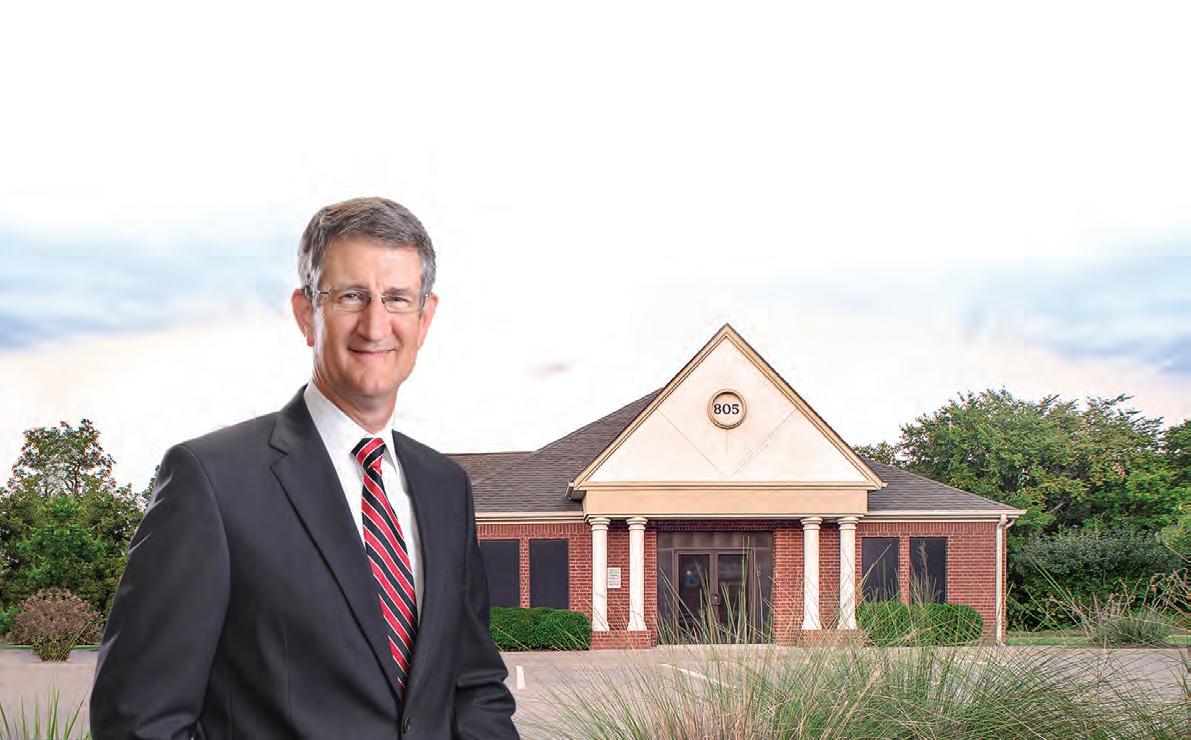
Don’t Let This Happen to You…
By CRAIG WATSONPaula was an 80-year-old woman in average health. Paula had a daughter named Jackie who was divorced, unemployed, and needed a place to live while she sorted out her life. At her mother’s invitation, Jackie moved back home. Paula’s health gradually declined as she aged. As she needed more and more care, Jackie lovingly cared for Paula’s every need. Paula’s many health problems eventually left her unable to walk, drive, bathe, or cook without assistance. She became completely dependent on Jackie for all of her care. Paula was able to stay in her home and avoid moving to a nursing home solely because of the presence of Jackie.

Jackie never got a break: no vacations, no holidays, and was always on call. Paula’s needs were unending. Elder care/sitter companies are required by state regulations to limit their caregivers to shifts of no more than 12 hours. Although Jackie had several siblings, they never helped care for their mother. Jackie’s siblings disliked her. They believed she lived off her mother and took advantage of her. One time Jackie asked her sister to come keep her mother for a few days so she could get a break, but her sister refused. Jackie provided this level of 24 hour care for her mother for several years.
Paula appreciated how hard Jackie worked and decided to give her house to Jackie. According to the appraisal district, the market value of her house was $300,000. Instead of consulting with an elder law attorney, Jackie decided to save money and printed off a deed form she found on the internet. She took her mother to a bank and had a notary sign the deed.
A few years later, Jackie suffered health problems and had to be hospitalized. This forced Paula’s other children to take turns staying with her to provide care. While they were living in the house, they discovered that Paula had given the house to Jackie. They became very angry at Jackie. With age, Paula had become weaker and was susceptible to the influence of her strong-willed children. They quickly tired of providing the daily high level of care that she required, so they convinced her to move into an assisted living facility. Even though Paula had enough money to pay for the assisted living fees for three years, her other children convinced Paula to sue Jackie to take the house back, ostensibly to raise money to pay for the assisted living center charges. They also convinced her to change her will to exclude Jackie. They
found a “no fee unless successful” personal injury attorney who was more than willing to sue Jackie to get the house back for a 40% contingent fee. Paula was very feeble and simply wanted to be left alone, so she agreed to sue Jackie. Not long after suit was filed, Paula died. Jackie had no money so she couldn’t find an attorney to defend her. Despite caring diligently for her mother for the past several years, she faced the prospect of losing the house. She was devastated.
Under Texas law, Jackie was considered an informal fiduciary for Paula. A fiduciary relationship is one where the beneficiary of the relationship has placed trust and confidence in the fiduciary. Normally, one must be formally appointed as Executor, Power of Attorney, or Trustee to be considered a fiduciary. However, even though Paula didn’t have a Power of Attorney, the fact that Paula depended on Jackie for her care was enough to qualify Jackie as an informal fiduciary. The law prohibits formal fiduciaries from using the Principal’s funds to benefit themselves. With respect to Paula’s gift of her house to Jackie, as an informal fiduciary, Jackie was required to prove that the transaction was fair. Local elder care companies charge $19 per hour for round the clock care. They provide a sitter to assist with cooking, bathing, toileting, etc. That adds up to $456 per day, $12,768 per month and $166,440 per year. Luckily, Jackie was able to find an elder law attorney to defend her in court. He was able to prove that the transaction was fair.
What could Jackie have done to prevent the expensive, terrifying, stressful court battle? She should have taken her mother to consult with an elder law attorney to advise her and document the transaction. This could have greatly decreased the likelihood of an expensive lawsuit. It is always cheaper to stay out of court as opposed to winning in court.
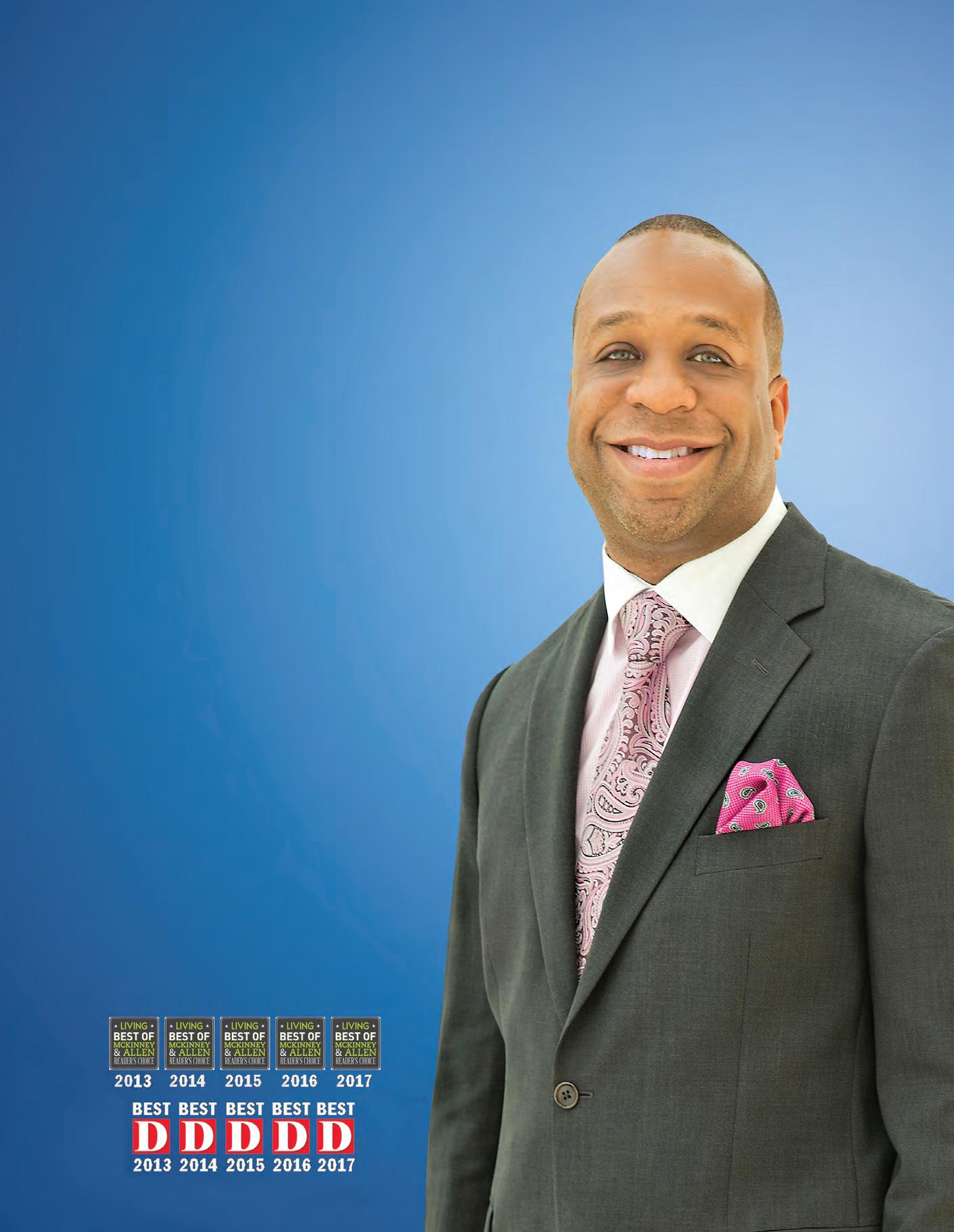
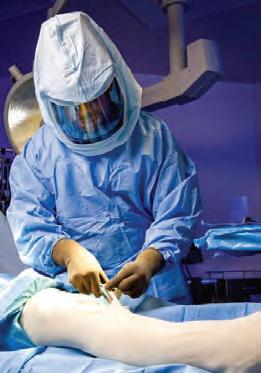


Dear Olivia,
My husband and I have received both of our vaccines. When is it safe to visit our grandkids and get back to “normal”?
-I’m vaccinated, now what?
Dear I’m vaccinated, now what,
First, thank you for choosing to be vaccinated. This is such an important step in getting our world and community back to some type of normal. The CDC has issued the following recommendations for a non-healthcare setting:
Fully vaccinated people can:
• Visit with other fully vaccinated people indoors without wearing masks or physical distancing
• Visit with unvaccinated people from a single household who are at low risk for severe COVID-19 disease indoors without wearing masks or physical distancing
• Refrain from quarantine and testing following a known exposure if asymptomatic
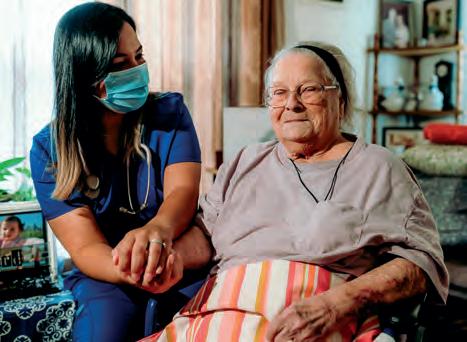
OLIVIA ROGERS
For now, fully vaccinated people should continue to:
• Take precautions in public like wearing a wellfitted mask and physical distancing
• Wear masks, practice physical distancing, and adhere to other prevention measures when visiting with unvaccinated people who are at increased risk for severe COVID-19 disease
• Wear masks, maintain physical distance, and practice other prevention measures when visiting with unvaccinated people from multiple households
• Avoid medium- and large-sized in-person gatherings
• Get tested if experiencing COVID-19 symptoms
• Follow guidance issued by individual employers
• Follow CDC and health department travel requirements and recommendations
Also, now that you have had the shot, you can encourage your friends and family to do so and share your experience. Wishing you health and joy as you visit your friends and family again.
VNA Hospice Care
~OliviaVNA Hospice Care focuses on living life to its fullest and treating you with the dignity and respect you deserve. As a nonprofit, our bottom line is patient support and care provided by our highly qualified staff.
VNA Care Choices
Following the diagnosis of a life-limiting illness, patients and their loved ones have many questions about the best course of action. VNA Care Choices provides supportive care services in the home while continuing treatment with your current physician.
Olivia is a leading voice in health care and senior services and the Chief Nursing Officer of VNA Texas. vnatexas.org

To schedule your free in-home informational visit please call (214) 535-2615 or email gethelp@vnatexas.org For volunteer opportunities please call (214) 689-2271 or email volunteer@vnatexas.org
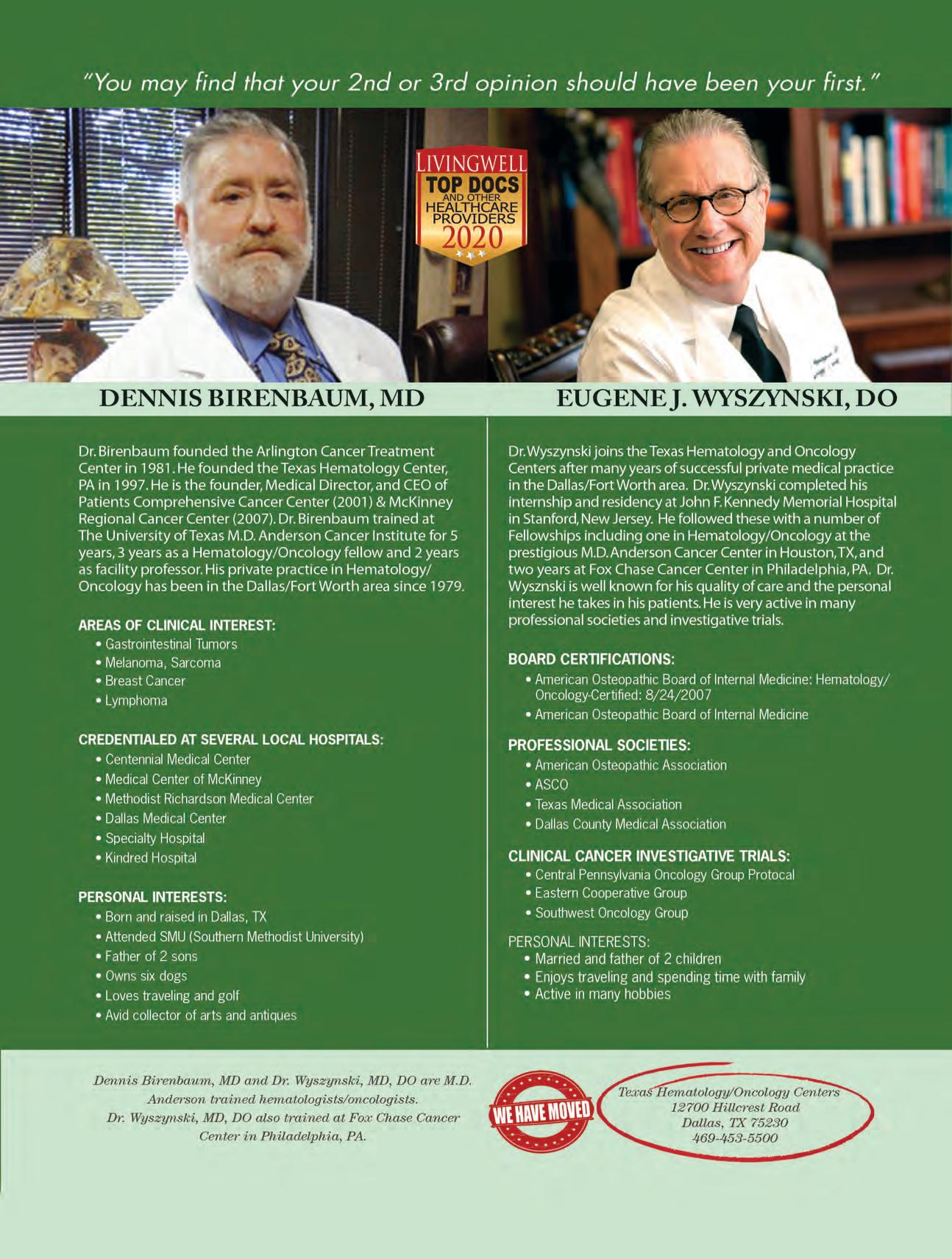
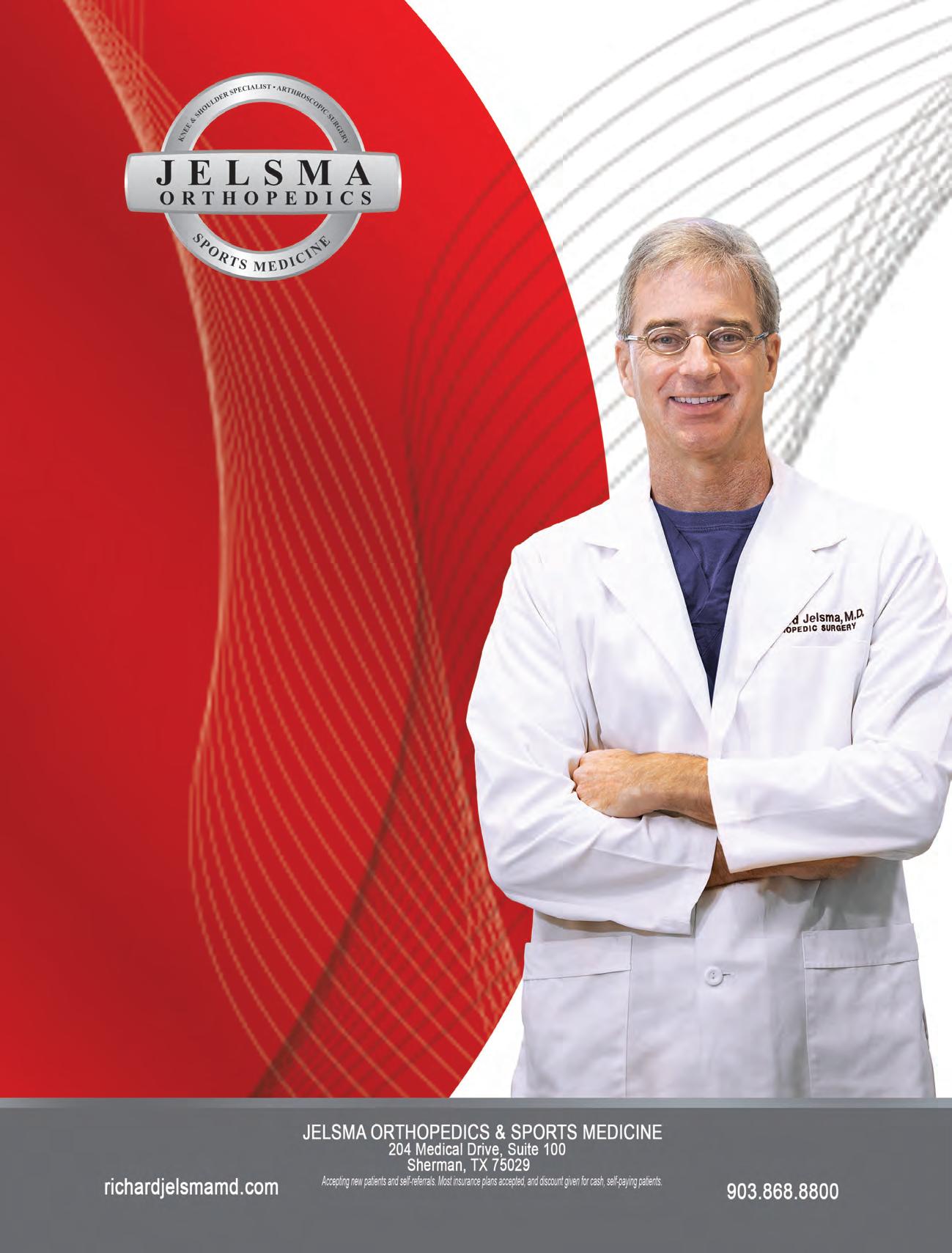

Dr. Richard Jelsma is double board-certified by the American Board of Orthopedic Surgery in Orthopedic Surgery and Sports Medicine.
HIGH QUALITY SURGERY DEMANDS EXPERIENCE
Dr. Jelsma is one of the most experienced surgeons in North Texas having performed:
•Over 3,000 minimally invasive arthroscopic shoulder repairs. Including rotator cuff and labral tears.
•Over 3,000 arthroscopic knee surgeries. Including ACL tears, meniscus tears, and cartilage injuries.
•Over 1,000 minimally invasive knee replacements.
DR. JELSMA’S OFFICE PHILOSOPHY: PERSONAL CARE
He prides himself on seeing all of his patients personally. Each patient is examined, and additional tests may be ordered to determine an accurate diagnosis. Dr. Jelsma then reviews a list of treatment options with the patient in order to make a decision while taking into account their personal goals and lifestyle considerations.
ASSISTING ALL PATIENTS WITH THEIR GENERAL ORTHOPEDIC NEEDS
•Treats all types of musculoskeletal pain, whether you’re an athlete or spectator.
•Addresses both non-surgical and surgical options.
•Dr. Jelsma and his team are here to get you back in life’s game.
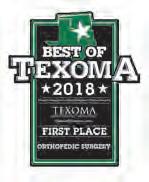
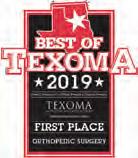
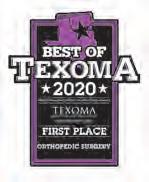
TOP DOCS
PROVIDERS HEALTHCARE AND OTHER
2020 Livingwell
DAIN B. BROOKS, MD
OPHTHALMOLOGIST
Dain B. Brooks, M.D. is a board-certified ophthalmologist, demonstrating that he has met the rigorous standards established by the American Board of Ophthalmology. You can trust him with every aspect of your eye care, from cataract surgery and premium lens implants, refractive surgery (including LASIK, PRK and ICL) to longterm eye disease management and dry eye treatment.
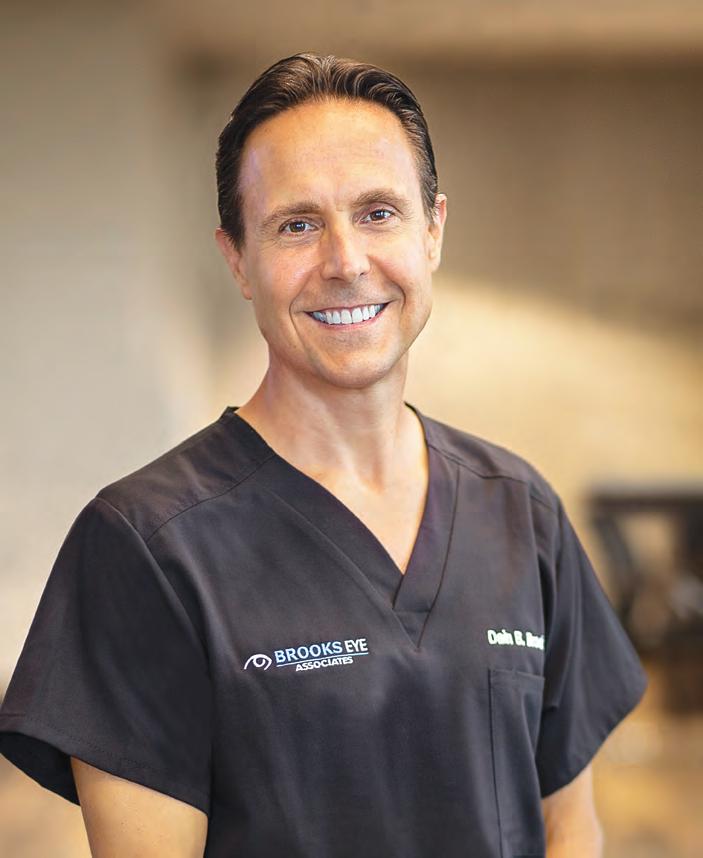
After graduating with honors (Alpha Omega Alpha) from the George Washington University School of Medicine in 2002, Dr. Brooks went on to complete his ophthalmology training at Walter Reed Army Medical Center. During his training and at subsequent Army medical centers, he had the honor of treating eye injuries suffered by soldiers in the Iraq and Afghanistan wars.
Dr. Brooks was selected as Faculty Member of the Year in 2009 by the San Antonio Military Ophthalmology Residency Program. In addition to his numerous awards and recognitions, Dr. Brooks’ work has been published in several national and international clinical journals.
As part of his commitment to staying on top of the latest developments in ophthalmology, Dr. Brooks is a member of the following professional organizations: American Society of Cataract and Refractive Surgeons, American Academy of Ophthalmology and Texas Ophthalmological Association.
Dr. Brooks is married with four children and enjoys traveling with his family, biking, tennis, and community service in his spare time. He also frequently participates in international cataract surgery medical missions and is fluent in Spanish. Whenever possible, Dr. Brooks enjoys participating in cataract surgery medical
missions to meet the needs of people without direct access to advanced eye care in other countries. He teams with several Faith-Based and humanitarian organizations to provide care in an effort to preserve and restore sight for individuals in underserved nations and communities at home and abroad.
Dr. Brooks is truly honored to provide his surgical skills on these mission trips and looks forward to future opportunities to provide needed services to those in need throughout the world. His missions have included trips to Honduras, Ecuador, Guatemala, Mexico, India and The Cornerstone Assistance Network providing care to underprivileged patients throughout North Texas.
Dr. Brooks has been in private practice in North Dallas and Plano since 2010. He has made it his mission to provide patients at Brooks Eye Associates with a premium experience delivering the highest quality medical and surgical eye care.
Brooks Eye Associates utilizes the latest in technology and techniques from the initial exam all the way to the patient surgical experience in their own onsite two-room ambulatory surgery center. They focus on treatment and prevention.
“We know that monitoring your eye health through comprehensive exams is the best way to ensure your vision

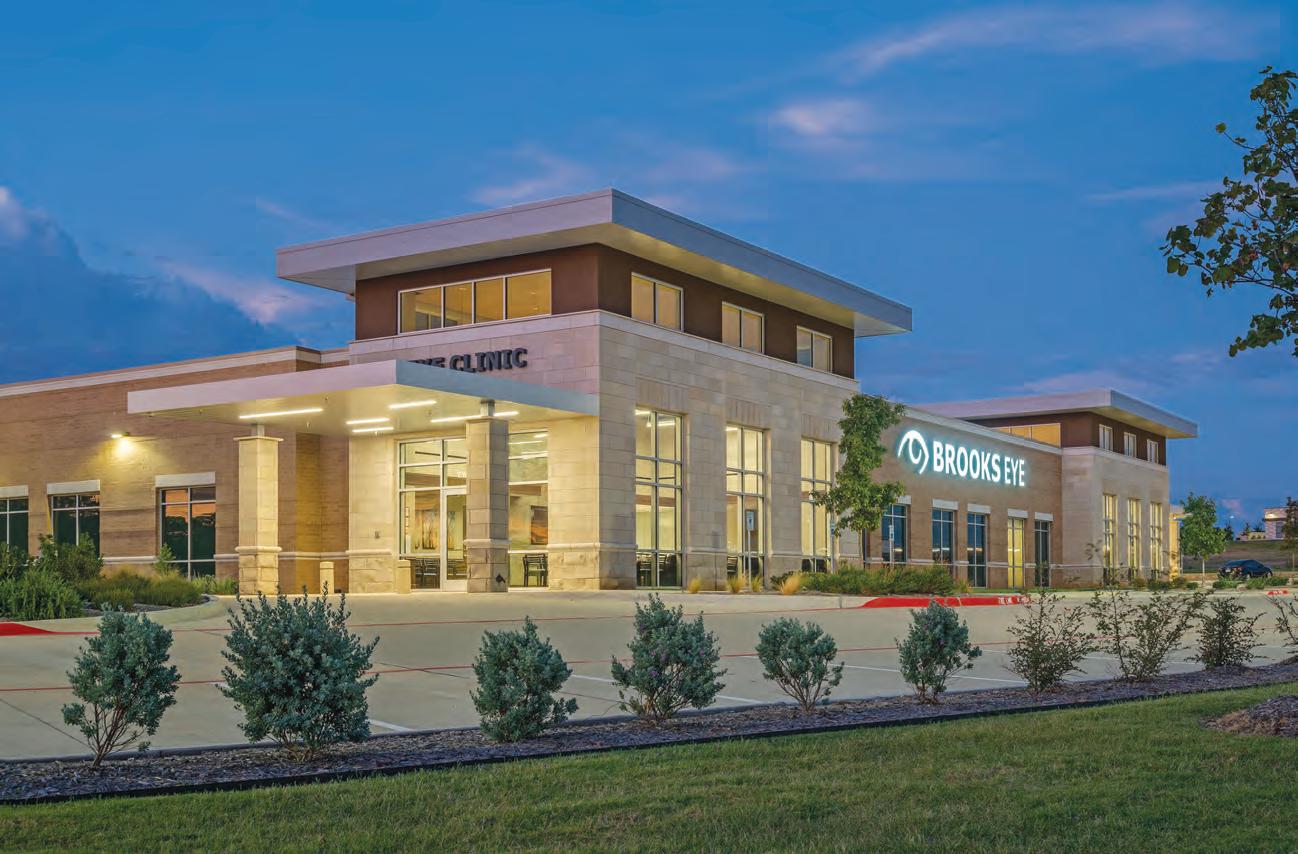
is protected well into the future. If you are suffering from an eye disease, our caring staff optometrists will carefully diagnose your condition to determine the best approach for treatment. If you have a refractive disorder, we can provide an effective solution to restore your vision,” says Dr. Brooks. At Brooks Eye Associates we strive to make patients’ visits as comfortable as possible, welcoming each individual into a caring, secure and attentive environment. Brooks Eye Associates works collaboratively with a network of caring and dedicated clinicians with the central goal of providing the quality and compassionate eye care that our patients deserve. We strive to consistently improve our ability to serve our patients and surpass each of their expectations. Within the past four years patients have made it known they feel Brooks Eye Associates has accomplished this mission by nominating Dr. Brooks as best
Ophthalmologist in the area in many patient poll platforms. Having the experience, skill, and technology necessary to provide exceptional eye care is one thing. Giving patients the individualized attention they deserve is another. The entire medical care team at Brooks Eye Associates is committed to providing you with the best patient experience and vision outcome possible. During each visit, you can rest assured that we will spend quality time with you to make sure all of your questions and concerns are addressed so that you fully understand the next step in your vision care process. If you live in Plano, Frisco, or the Dallas area and are looking for an experienced ophthalmologist and medical care team you can trust, please contact Brooks Eye Associates today at (214) 758-7941 to schedule an appointment. We look forward to meeting you and working with you to restore your vision!

Challenging Conversations
Afriend recently confided in me that she was concerned about her mother’s driving. Julie noticed a dent on the back bumper and realized that her mother had stopped driving at night. She was uncomfortable talking with her mother about this because it seemed like such a role reversal. After we discussed some strategies, Julie finally approached her mother with her concerns. With an eye exam, and a new pair of glasses, Julie’s mother is now driving safely once again. She told me that the best part about this situation is that now she’s had one challenging conversation with her mother, she feels a lot more comfortable talking with her about other issues.
It is natural to feel a little uncomfortable talking with a spouse, parent or other loved one about personal issues such as money management, memory lapses, health, personal safety and end of life decisions. If approached properly, however, these conversations can lead to deeper, more fulfilling relationships.
Seize the Moment
Take advantage of stories in the news or experiences of friends and neighbors to start
conversations about touchy subjects. If your father’s neighbor is recovering in a skilled nursing facility after a fall, go with dad to visit and talk about his preferences should he need physical therapy. If you see a news article about scams targeting seniors, print it out and share it with him.
Set the Tone
The most successful conversations take place in an atmosphere of love and respect. Start the conversation at their home or somewhere they feel comfortable. Keep the conversation casual by chatting while making dinner or driving in the car. You may remark, “Mom, I don’t know how you keep track of all these medications. I would need to create a spread sheet on the computer to keep it all straight!” Using humor can often diffuse a tense situation.
Stick to the Facts
If your mother loses her keys one time, you cannot assume that she has Alzheimer’s disease. Observe the situation over time, making note of specific concerns. When you speak with your loved one you may say something like “When I brought in your mail I noticed
PHOTO BY ANNA SHVETS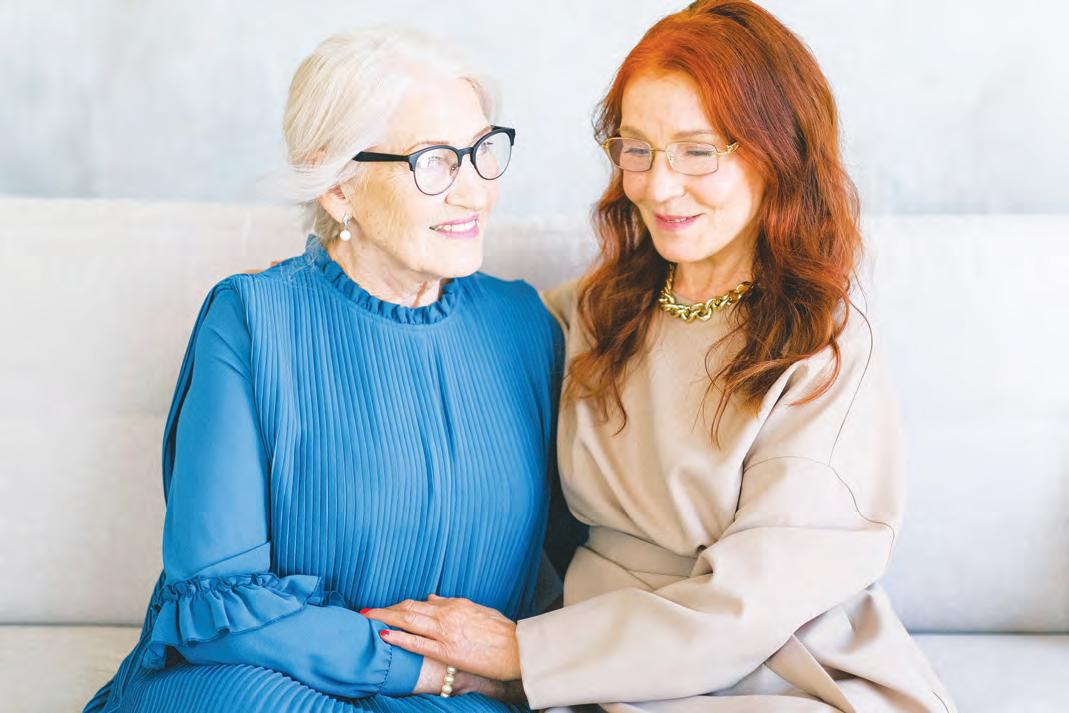
one of your bills said Final Notice, and you have a utility bill on your desk with a late fee. What can I do to help?” Her response will help you determine whether she is having memory problems, financial problems, or if she just ran out of stamps.
Suggest Solutions
It is best to have some solutions in mind before you begin a conversation. If you father has been falling a lot you may say, “Dad, I’m worried that your next fall may be more serious, so I’ve been looking into ways to help you stay independent. If the time comes when you need more help, would you prefer to hire someone to come into your home, would you want to move to an apartment where there is help available on-site or do you have another plan?”
Start Now
It’s never too early to start planning for the future. Often, it is easier to begin these conversations before there is a crisis. Your parent or loved one may be hesitant to discuss the situation right away, but by bringing it up, you open the door to future conversations. It’s also important to think about how you would want these issues to be handled for yourself. You may begin by saying “Mom, I’ve been concerned about what might happen to me if I could no longer make healthcare decisions for myself, so I’m going to designate a Power of Attorney and I’m filling out a Living Will. Why don’t you work on one too?”

Life changed during the pandemic. Because grieving is something we do together, it has been challenging to observe services in time-honored ways with numerous safety precautions in place. We all missed hugs.
“Emotions aren’t easily postponed,” says Charles Dannel, owner of Dannel Funeral Home in Sherman. “And you can achieve closeness, even with social distancing. Families want to honor their loved ones, and the need for support that thoughtful services with family and friends provide never lessened.”
As we emerge from recent challenges, there is more clarity about priorities and what’s most important. It’s a good time to set your mind at ease by pre-planning your own funeral and relieving your family of having to make preparations during an emotional time.
The pre-planning process isn’t difficult and can be done safely in person or online through Dannel Funeral Home, where knowledgeable professionals will assist you with arrangements that are mean-
ingful, as well as affordable. The more you know, the more comfortable you’ll be making necessary plans now, while you can talk with family and make important decisions that will have lasting impact.
One of the most frequent questions about pre-planning is what happens if you move to another city. Your arrangements are transferable, so another funeral home will honor your plan. Additionally, you have payment options. Costs are frozen, even if the service is paid out in installments. (Funeral costs, like most other services, rise over time.) The document is amendable as well.
So, what are you waiting for? Pre-planning is a much-appreciated gift you leave behind for your family. Like all that you taught them. All the love that you shared. And all the laughter you generated.
Charles invites you to give him a call at 903-893-1171. Or browse the website for more information. www.dannelfuneralhome.com.
The Dannel family has been helping families like yours for over 100 years.

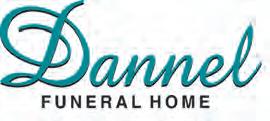
Hear Well With Less Effort
Courtesy HEARCAREYour life might be easier if you could hear well. Even if you’ve adjusted to your hearing diffi culty, it takes work. There is an added effort to reading lips, filtering background noise, and understanding voices.
“When you can hear better, you’re more likely to enjoy activities with family and friends because you’re not having to work so hard to participate,” says Jill Sheppard, B.S., SLP/Audiology, Licensed Fitter and Dispenser of Hearing Instrument (LFDHI) and owner of HearCare and Associates. “The latest digital hearing aids are programmed to your individual hearing needs and preferences so you have less listening fatigue and enjoy better speech understanding. Just being able to hear your granddaughter’s voice again is a remarkable achievement for those who have been missing out on simple pleasures of life.”

You may be surprised to learn how hearing aids have evolved, with the capacity to adjust automatically across different sound scenarios so you hear how your real life sounds. With TONELINK technology, interface is so intuitive that making hearing aid adjustments becomes an effortless and integrated part of your daily life.

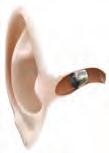
Imagine continuous communication with wireless accessibility to your cell phone or landline, television, and other devices for streaming in the highest quality possible.
The staff at HearCare will work with you, answering your questions about options and affordability. “I’ll be the first to tell you if you don’t need a hearing aid,” says Kenneth Sheppard, Jr., LFDHI and owner of HearCare. “If you can benefit from a hearing aid, I’ll talk with you honestly about your situation and recommend options that would best fit your lifestyle—and your budget.”
What’s different about HearCare and Associates? We carry models from major manufacturers and all levels of technology. You’ll have the opportunity to “test-drive” your hearing aids for two weeks before you buy, which gives you the chance to experience your devices in your own environment. HearCare patients benefit from extraordinary customer care—to learn, experience, and make good decisions about their hearing health.
May is Better Hearing Month. There’s never been a better time for you to hear well again. You’re invited to call 903-868-2650 for an appointment today.
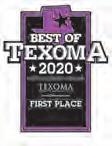


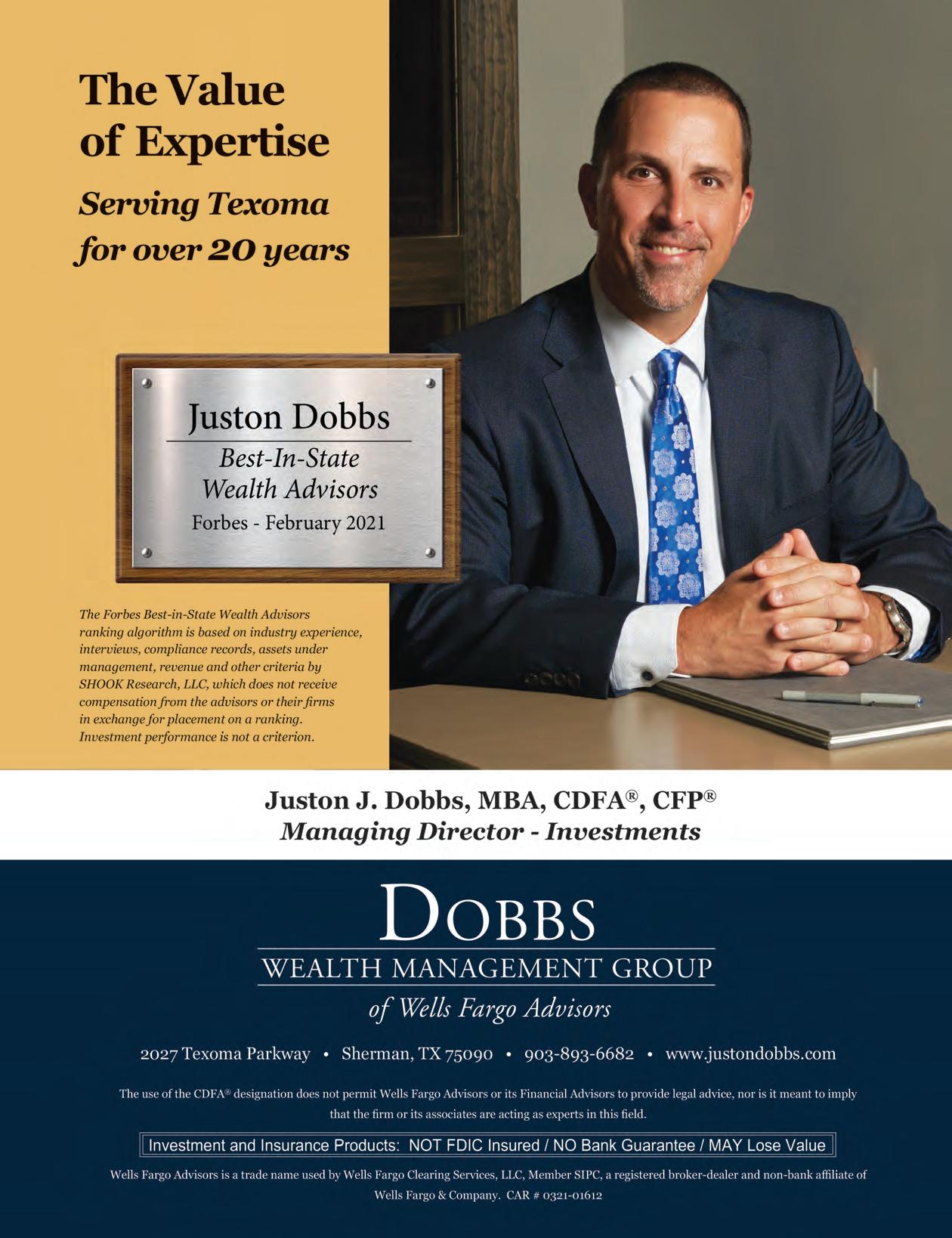
A Serious Look at
KHandwashing
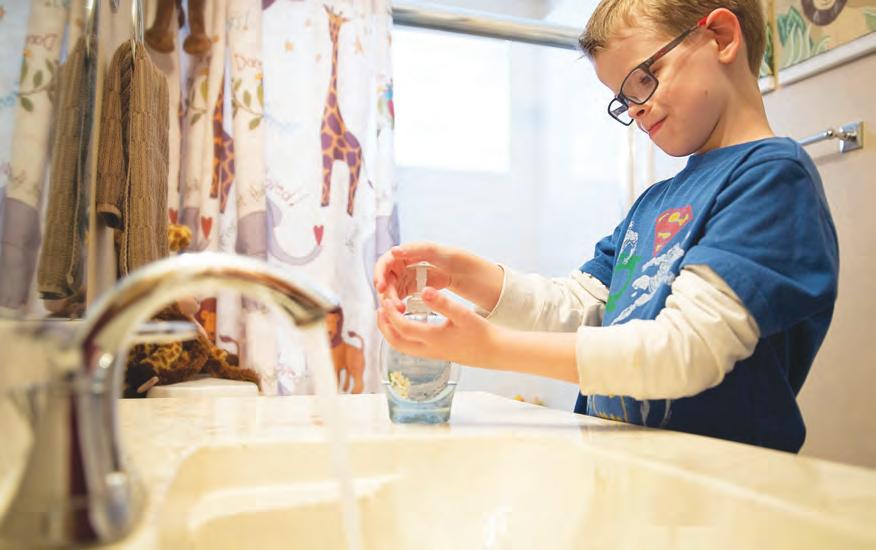
 By GRETCHEN FOSTER
By GRETCHEN FOSTER
eeping your hands clean is one of the best preventions we can take to keep from becoming ill and spreading germs to others. Many diseases and conditions are spread by not washing hands with soap and clean, running water. Most everyone knows this but yet we’ve all seen individuals rushing out of the bathroom without washing their hands. Yikes!
HOW DO GERMS GET ON TO YOUR HANDS?
Feces (yes, poop) from people or animals is a big source of germs like Salmonella, E. coli O157, and norovirus which cause diarrhea, and some respiratory infections like adenovirus and hand-foot-mouth disease. Germs like these get onto our hands after people use the toilet, change a diaper, and also after handling raw meats that have invisible amounts of animal poop on them. A single gram of human feces (about the weight of a paper clip) can contain one trillion germs. Germs can also get onto our hands if we touch objects that have germs on them because someone has coughed or sneezed on it or if it was touched by some other contaminated object. When these germs are not cleansed off our hands, they are passed from person to person thus making people sick.
PREVENTION OF CONTAMINATION WITH HANDWASHING.
Washing our hands with soap is such a simple task and yet it performs the important and often unappreciated task of removing germs. This simple yet important act helps prevent infections because:
• People frequently touch their eyes, nose, and mouth without even realizing it letting germs get into the body making us sick.
• Germs from unwashed hands get into foods and drinks where people prepare or consume them. Germs can multiply in some types of foods or drinks and make people sick.
• Germs from unwashed hands can be transferred to other objects, like handrails, table tops, or toys, remote controls, handshakes, and then transferred to another person’s hands.
• Removing germs by simply washing your hands helps prevent diarrhea, respiratory infections, and may help prevent skin and eye infections.
NOT
WASHING
HANDS
HARMS CHILDREN AROUND THE WORLD.
About 1.8 million children under the age of 5 die each year from diarrheal diseases and pneumonia, the top two killers of young children around the world.
• Handwashing with soap could protect about 1 out of every 3 young children who get sick with diarrhea and almost 1 out of 5 young children with respiratory infections like pneumonia.
• Although people around the world clean their hands with water, very few use soap to wash their hands. Washing hands with soap removes germs much more effectively
• Handwashing education and access to soap in schools can help improve attendance.
• Good handwashing early in life may help improve child development in some settings.
HANDWASHING HELPS BATTLE THE RISE IN ANTIBIOTIC RESISTANCE.
Preventing sickness reduces the amount of antibiotics people use and the likelihood that antibiotic resistance will develop. Handwashing can prevent about 30% of diarrhea-related sicknesses and about 20% of respiratory infections (e.g., colds). Antibiotics often are prescribed unnecessarily for these health issues. Reducing the number of these infections by washing hands frequently helps prevent the overuse of antibiotics—the single most important factor leading to antibiotic resistance around the world. Handwashing can also prevent people from getting sick with germs that are already resistant to antibiotics and that can be difficult to treat.
Teaching people about the importance of washing their hands helps them and the people around them, possibly you, stay healthy.
Go wash those hands!








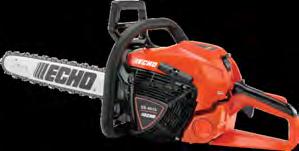


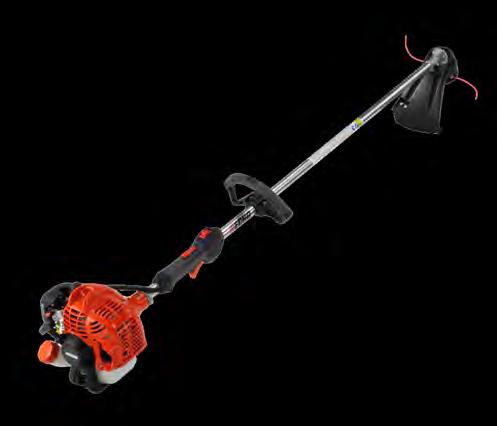











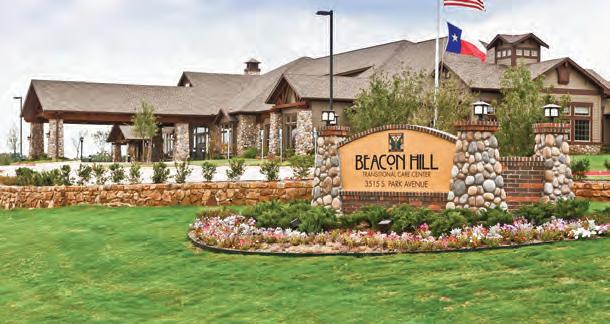

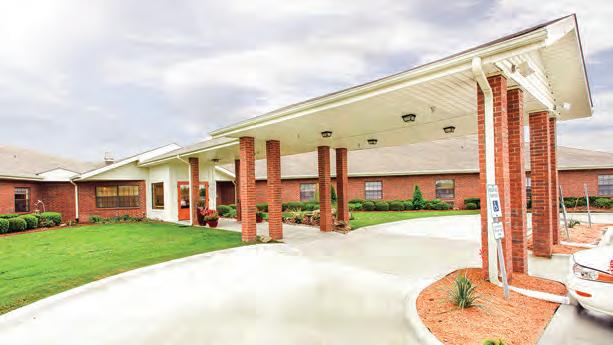




COMMUNITY SPOTLIGHT
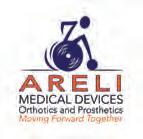
Areli Medical Devices is committed to spotlighting information and education about what’s happening in our local community. We’re interviewing people in the community who are utilizing unique healthcare approaches to impact lives. Here is a snippet of our conversations with two different providers in Texoma. To read the full conversations, please visit our website www.arelimedical.com

We sat down with Ori Lara, Executive Director of Greater Texoma Health Clinic to dig a little deeper into what the clinic does and how their services impact the community.
ARELI: Why was the Greater Texoma Health Clinic established, and what is the main mission?
ORI: Greater Texoma Health Clinic was founded in 2002 as a 100% volunteer, non-profit organization. Volunteers helped those in the community who were unable to provide for their own medical needs. Our county resident’s healthcare needs were being unmet. With few local options, if any, residents were seeking medical help in hospital emergency rooms.
Chronic disease management and patient education for all were the clinic’s top priorities. Our Mission… “To provide low cost, comprehensive health and wellness services to the residents of the Texoma community, regardless of their ability to pay.”
ARELI: What impact has your clinic had on the community?
ORI: GTHC has shown a tremendous growth during the past 18 years. Patient visits increased from 335 in 2003 to 6,052 in 2020. Left untreated, minor health issues may escalate quickly into major problems.
By helping our patients address these health issues at an early stage we are able to minimize the long-term effects of untreated health conditions. Our goal is to empower our patients with the tools and resources they need to live longer, healthier, more productive lives.

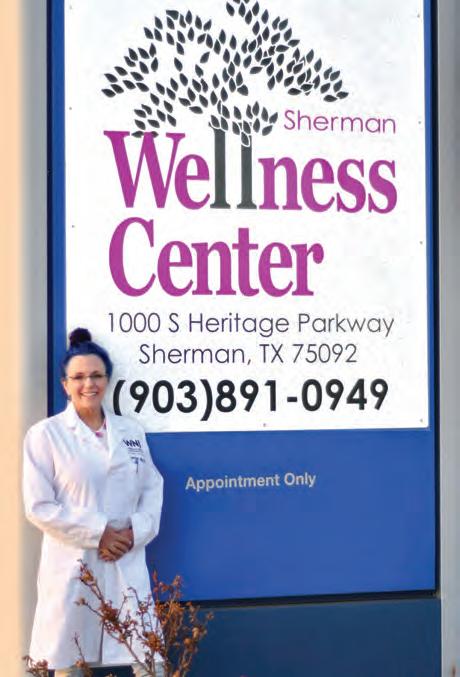
Areli caught up with Jennifer Laing, M.D., family physician at the Sherman Wellness Center and Director of WNJ Wound Care Center to learn about her unique approach to treating patients.
“Healing is a journey; let’s walk together” is Dr. Laing’s mantra as she teaches her patients how to be well on a whole level. Teaching and developing connections with her patients is the heart and soul of what she does and is critical in her approach to wellness.
She carries this approach over to her role as Director of the WNJ Wound Care Center. “We focus on the whole patient, not the hole in the patient. Just as a plumber walks into a house with many tools, so do we.”
One of the many tools the Wound Care Center utilizes is hyperbaric oxygen therapy, which delivers oxygen-rich plasma (utilizing greater amounts than possible otherwise) to damaged cells that have been deprived of oxygen.
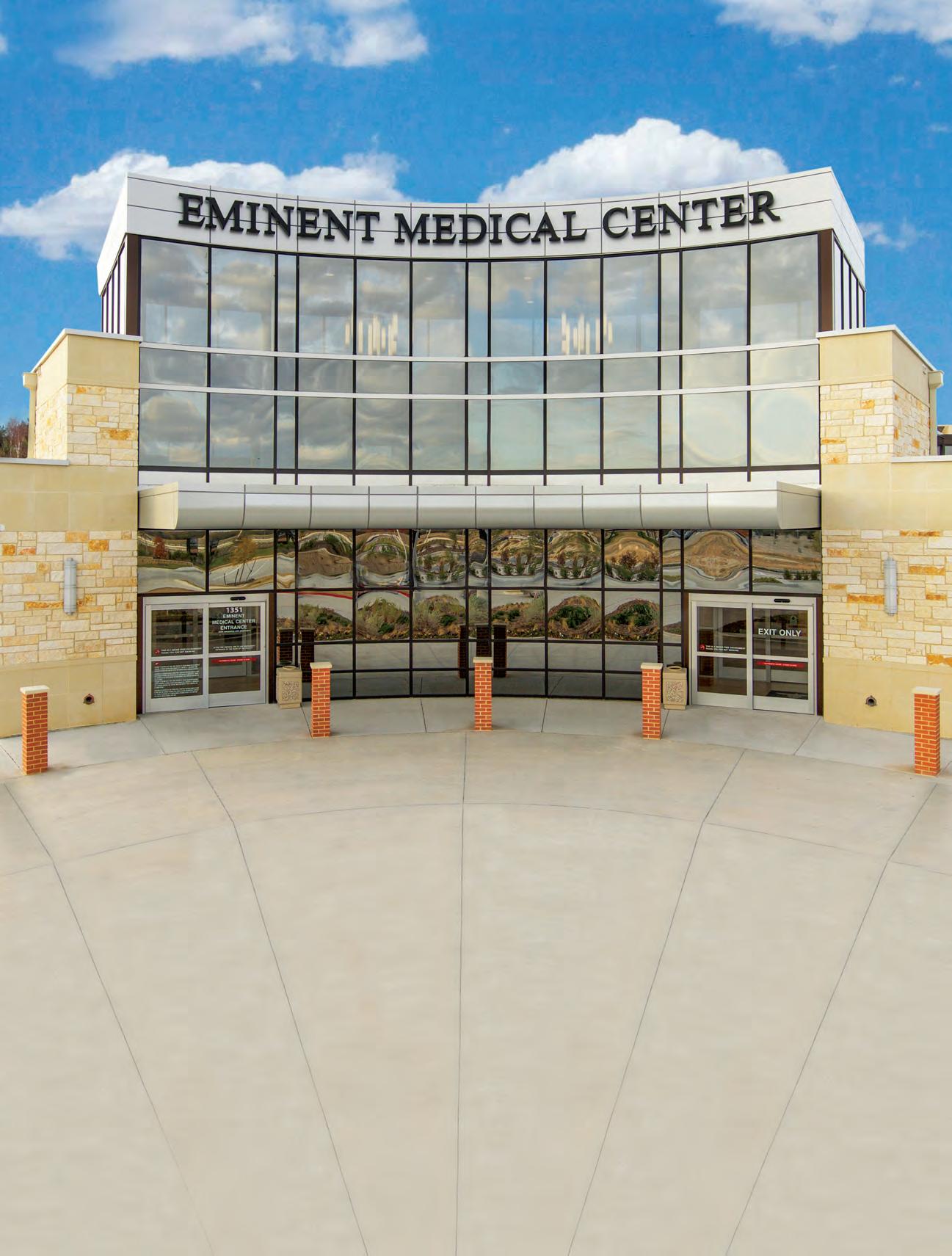
STAND OUT WITH THE EMINENT CHOICE IN HEALTHCARE

Pain Management • Sports Medicine • General Surgery
Spine Surgery • Orthopedic Surgery • Neurosurgery
Minimally Invasive Spine Surgery • Total Joint Surgery
Foot & Ankle Surgery • Hand Surgery
Gynecological Surgery • Plastic Surgery
Eminent Medical Center is a premier, boutique treatment destination in the DFW area. We are an In-Network provider with Aetna, Blue Cross Blue Shield, Cigna, and United Healthcare.
ROBOTIC TECHNOLOGY
Orthopedic surgeons and the medical staff at Eminent Medical Center are excited to offer Zimmer Biomet’s ROSA Knee System, which helps surgeons personalize surgical procedures for their patients.
We provide surgical services for pain management, orthopedic & sports medicine, gynecology, spine surgery and general surgery.

with the Kids
By KIMBERLY BLAKERWhat better way to spend quality time with your kids or grandkids and get in touch with nature than a fresh, invigorating walk in the woods, along a river, or the beach? What’s more, family hikes make for fun learning opportunities for the kids and adults alike.
A STONE IS A STONE IS A…MINERAL?
Go on an excursion to learn about rocks and minerals. Before you go, learn which rocks and minerals are abundant in the area, and have everyone choose several to scout for. Take along a small plastic container with dividers, a descriptive rock and mineral guide, and a magnifying glass for viewing the colors, layers, and details. As you identify stones and minerals, discuss their uses and other neat facts.
SOUNDS OF NATURE
Wander through the trees and listen carefully for a variety of bird and animal sounds. Before you go, visit your library for a DVD or audio CD of birds and wild animal calls. Then download an audio recorder on your phone and carry it on your hike to record some of the sounds you hear. Listen to the recording again at home and play a game of detective to determine the source of the sounds you can’t make out. Search the Internet and books to discover the makers of the mystery calls.
PHOTO ADVENTURE
Capture nature’s splendor. Hiking trails provide plenty of photo opportunities, and kids will love snapping the shots. Discuss in advance what each person wants to photograph, such as a huge oak tree, a monarch butterfly, deer tracks, or a close-up of a nibbling squirrel. When you get home, print out the best photos, and create a nature scrapbook with them.
TREE TALES
These giants of nature are not only intriguing because of their size but also because of their many variations. Borrow some books on trees from your library that describe the unique features of trees and their history. Use clues such as the shape of the leaves, texture of bark, and size of the trunk to identify the kind of tree.
WHICH WAY DO WE GO?
Roam the countryside and teach the kids directional skills such as how to read a map and use a compass or the sun to determine direction. Before setting out, choose a trail system that provides maps, or make up your own. Take a trail that branches off several times, allowing for plenty of skill-building opportunities. For even more fun, turn the excursion into a treasure hunt. Hide a small prize just off the trail under a bush or pile of leaves, mark the location on your map, and let the journey begin.
ANIMALS ALL AROUND
Take a quiet hike in a wooded area with grassy clearings and see how many animals you meet. Watch for snakes, turtles, and geese if there’s a nearby lake or stream. Also, look for squirrels playing chase or gathering food; birds of prey circling overhead; or grazing rabbits and deer. Discuss the animal’s unique characteristics and how those qualities help or hinder the animal. Talk about what the animals eat, their shelters, and species they are related to. Also, keep eyes peeled for animal tracks to identify and determine how recently they were made.
CREEPY CRAWLY THINGS
Scouting for insects is an all-time favorite among kids, and the variety of creepy-crawly creatures in the woods is remarkable. Carry an insect book, clear container, tweezers, and a magnifying glass for close examination of insects’ fascinating features. Bring a journal and track the types of insects you find. Read about insects’ defense behaviors and characteristics such as colors that indicate danger to predators.
PLANTLIFE, OLD AND NEW
Discover with the children the fantastic diversity of plant life. Before you head out, review some books on plants to spark your interest. On each hiking trip, choose a different trail or area and see what plants grow in certain types of soil, climates, and in each season. As you inspect plants, look for their seeds, and notice the variations. Talk about how seeds travel by blowing in the wind or catching on the fur of animals. Carefully brush away the ground cover and look for seeds that have sprouted their roots that will soon develop into a new plant or tree. Learn how individual plants have evolved to have natural defenses to protect against creatures that would otherwise devour them.
nearby trails:
DALLAS
Cedar Ridge Nature Preserve
Texas Buckeye Trail
Trinity Forest Trail
White Rock Lake Park Loop Trail
DENISON
Eisenhower State Park
GRAPEVINE
Northshore and Knob Hill Trails
FORT WORTH
Eagle Mountain Park
LEWISVILLE
Lewisville Lake Environmental Learning Area (LLELA)
MCKINNEY
Erwin Park Trail
PILOT POINT
Ray Roberts Lake State Park
PLANO
Arbor Hills Nature Preserve
Chisholm Trail
Heard Natural Science Museum and Wildlife Sanctuary
Oak Point Park and Nature Preserve
SHERMAN
Binkley Park and Herman Baker Park Loop
Prairie Loop
Raasch Trail
THE COLONY
Shoreline Trail

BEFORE YOU GO
Plan your activities before you leave so you’ll arrive prepared. For your comfort and convenience, carry a small daypack, extra clothing for cold air along trails, and don’t forget hiking boots. For your protection, bring along hats, sunglasses, sunblock, and insect repellant. Be prepared for emergencies by carrying a small flashlight and batteries, watch, map, bandages, and don’t forget plenty of water and snacks. Finally, make the most of your nature quest by carrying binoculars, a magnifying glass, and a small camera.
TREKKIN’ TIPS FOR TYKES
When hiking with children, keep these suggestions in mind.
• Allow small legs plenty of time for breaks and making the journey and know your kids’ limitations.
• Be familiar with potential dangers in the area in which you’ll explore and teach your kids trail and animal safety.
• Before you set out, prepare your kids by informing them that there may be rules against taking their nature finds home.
You might be surprised to discover nearby trails that you never knew existed. Check with city, county, and state parks and for trails along rivers or near lakeshores. There are also national forests and parks throughout the United States with extensive trail systems. If you have access to a wooded area near you that isn’t too dense, a trail may not be necessary. When hiking off trails, use safety precautions to protect against tripping, poison ivy, getting lost, or other hazards. 3 3 3
WHERE TO FIND TRAILS
Effective Pain Management in Sherman
PROCEDURES
WE PERFORM
• Epidural/Transforaminal Steroid Injections
• Selective Nerve Root Blocks
• Cervical/Lumbar Medial Branch Blocks
• Radiofrequency Ablation (Rhizotomy)
• Intraarticular Joint Injections (Shoulder, Hip, Knee)
• Sympathetic Nerve Blocks
• Intrathecal Pain Pump
• Vertiflex/Superion for Lumbar Spinal Stenosis
• Sacroiliac Joint Fusion
• Discography
• Vertebroplasty/Kyphoplasty
• Spinal Cord Stimulation
• Facial injections, including Gasserian Ganglion and Sphenopalatine Ganglion Block
CONDITIONS
WE TREAT
• Sciatica/Radiculopathy
• Spinal Stenosis
• Facet Joint Pain
• Spondylosis
• Postlaminectomy Syndrome/Failed Back Surgery Syndrome
• Herniated Discs
• Degenerative Disc Disease
• Degenerative Joint Disease
• Spinal Compression Fractures
• Low Back Pain
• Neck Pain
• Myofascial Pain Syndrome
• Carpal Tunnel Syndrome
• Peripheral Neuropathy
• Shingles
• Pelvic Pain
• Abdominal Pain
• Chest Pain
• Headaches/Facial pain
• Spinal Cord Injury Pain
• Cancer Pain
We look forward to helping you regain function that chronic pain has taken away from you.
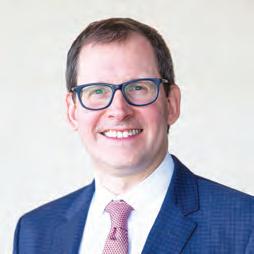
Board Certified in Pain Management Board Certified in Anesthesiology
SHERMAN OFFICE:
1001 Sara Swamy Dr., #220 Sherman, TX 75090 (903) 892-1999
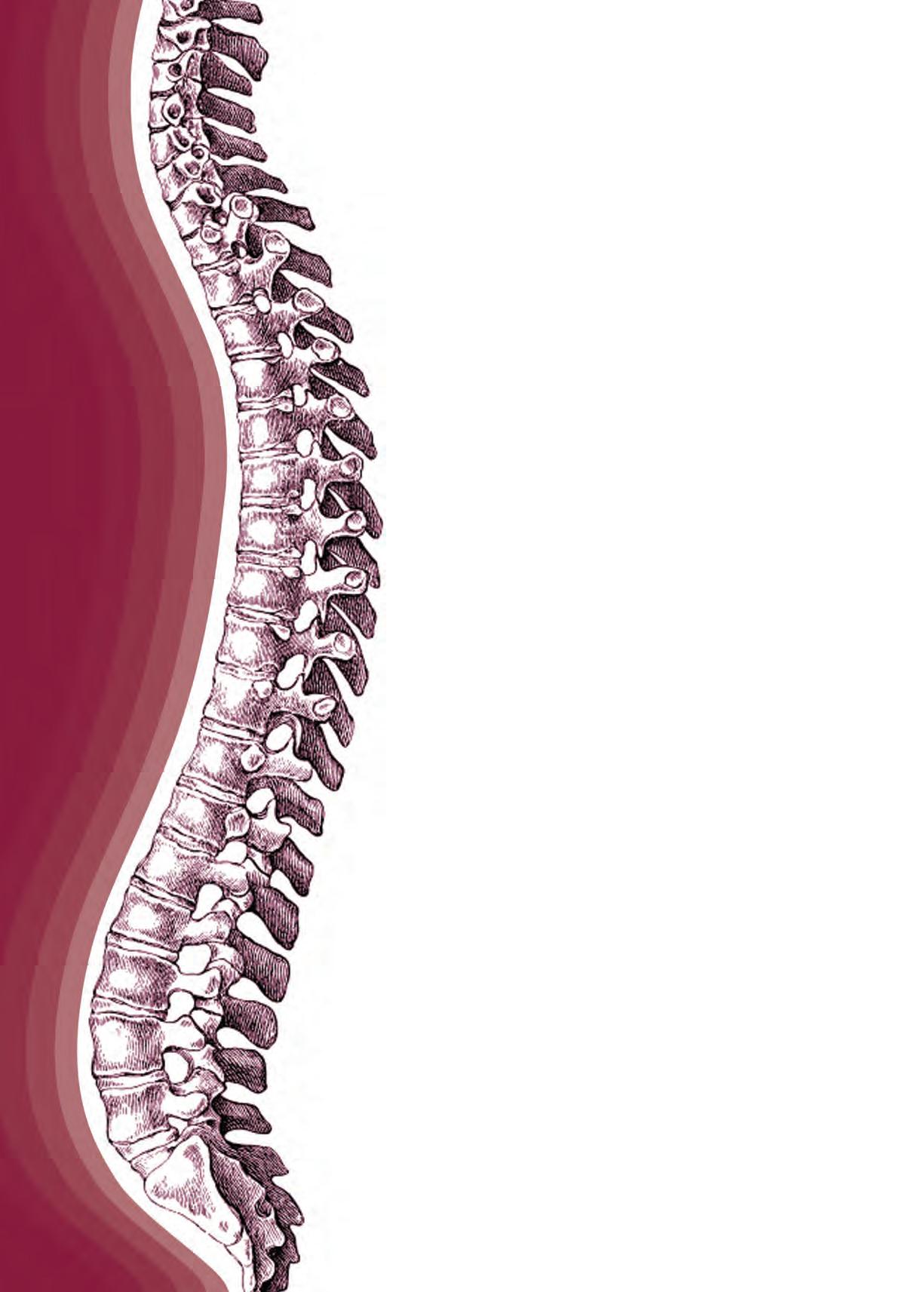
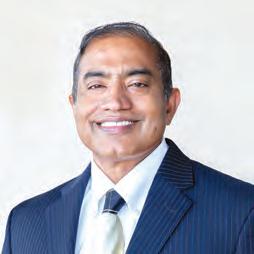
MD
Board Certified in Pain Management Physical Medicine and Rehabilitation
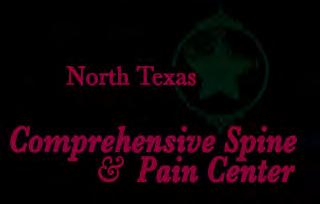
ROWLETT OFFICE: 7700 Lakeview Pkwy. Rowlett, TX 75088 (469) 653-0222
CROSSROADS MEDICAL
204 Medical Drive, Sherman, Texas 75092
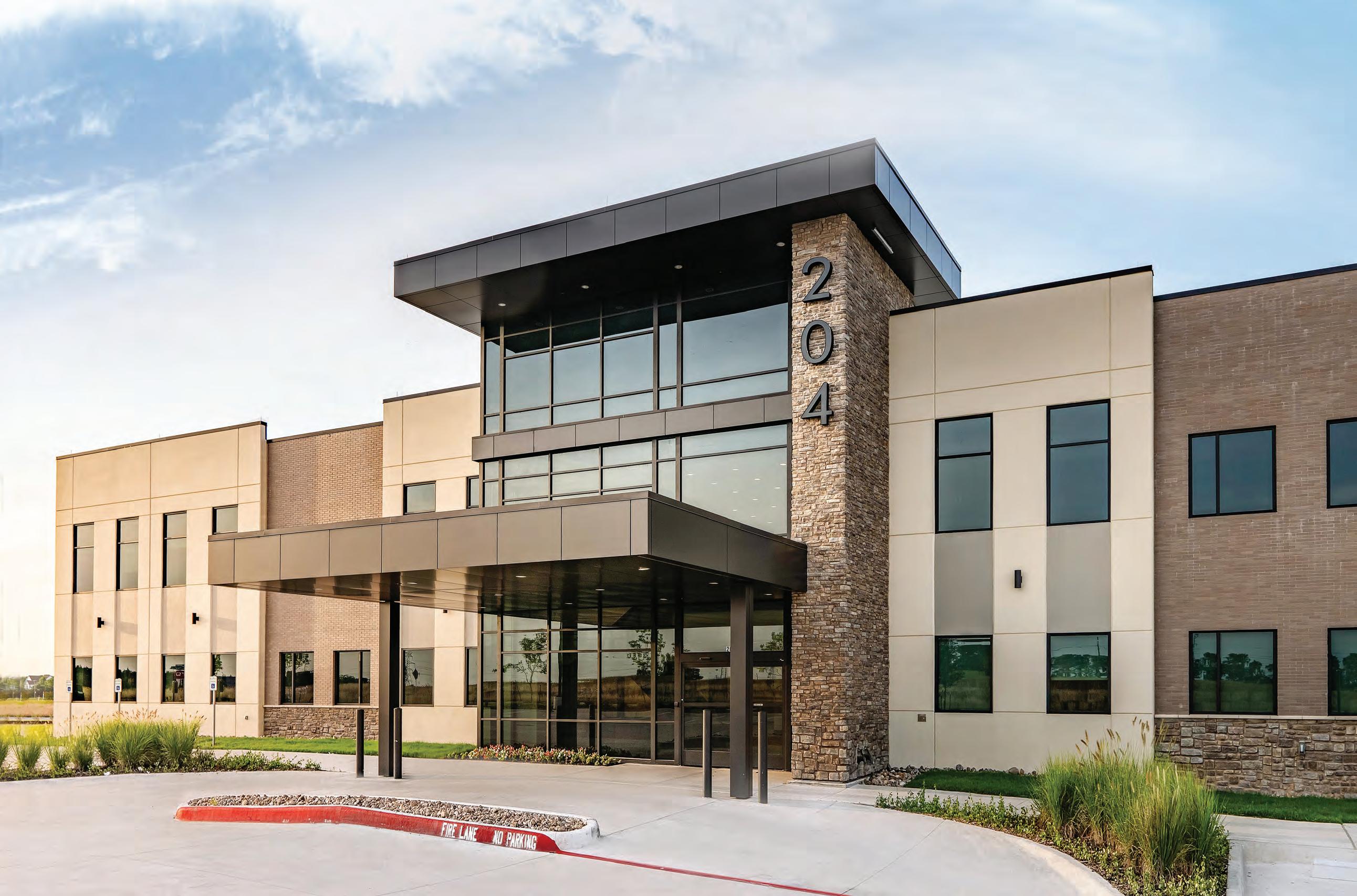
Jelsma Orthopedics & Sports Medicine ..............Suite 100
Richard D. Jelsma, MD
Alpha Orthopedics & Sports Medicine ................Suite 110
Duncan L. McKellar, Jr., MD
Charles E. Toulson, MD, MBA
Jon C. Thompson, MD
Brian J. Snow, MD
Ask RX Pharmacy ..............................................Suite 120
Helix Health Lab ................................................Suite 130
Integrated Pain Management ............................Suite 140
Deborah Fisher, MD
Areli Medical Devices .........................................Suite 150
Peak Physical Therapy .......................................Suite 160
Jon Poe, PT, LAT
ENT Centers of North Texas ...............................Suite 200
Hunter Richmond, MD
Peter Selz, MD
McDonald Arnot, DO
Sherman Internal Medicine & Primary Care .......Suite 210
Benarji Tegala, MD
Grayson Digestive Disease Consultants .............Suite 240
Jermaine G. Clarke, DO, MBA
Grayson Digestive Health ..................................Suite 240
Joseph Kim, MD
Texoma Weight Loss ..........................................Suite 250
Ikram Kureshi, MD
First Texas Home Health Corporate Office .........Suite 260

Radiofrequency ablation treatment now available for spinal tumors
Minimally invasive technology, close to home
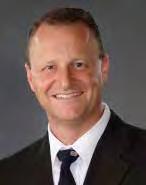
Brian Rose, MD,
A treatment system specifically used for treating painful tumors that have spread to the spine from cancer in other parts of the body is now available at TMC. Orthopedic Spine Surgeon at Texoma Medical Center, Brian Rose, MD, FAAOS, says he has been treating patients for about two years.
The treatment serves a dual purpose. Dr. Rose states, “Radiofrequency ablation enables us to treat tumors using a small incision. Once the tumor is destroyed, we strengthen and stabilize the spine by filling in the affected areas with a cement-like material. The procedure usually takes less than one hour and following a short time in recovery, patients can go home.”
Dr Rose says that the person ’ s pain level is greatly reduced. For older patients with other health conditions, the minimal side effects are a plus. This often allows the patient to proceed with radiation therapy and/or chemotherapy without severe pain
Enhancing treatment options for patients
The new treatment is an extension of kyphoplasty, a procedure already performed at Texoma Medical Center for patients with spinal pain due to compression fractures that result from osteoporosis. “Kyphoplasty is a very similar procedure. The difference is that no ablation is needed. The patient’s vertebrae need support, so we fill any fr
ockets with the cementlike substance, and patients can get relief fairly quickly,” says Dr. Rose. “Many patients who previously rated their pain as a ‘10’ tell us it dropped to a ‘2’. It’s exciting to be able to offer these solutions. We are trained to be as minimally invasive as possible, which equates to minimized pain and quicker recovery for the patient. These two procedures fall right in line with that ” ■
Individual results may vary There are risks associated with any surgical procedure. Talk with your doctor about these risks to find out if minimally invasive surgery is right for you
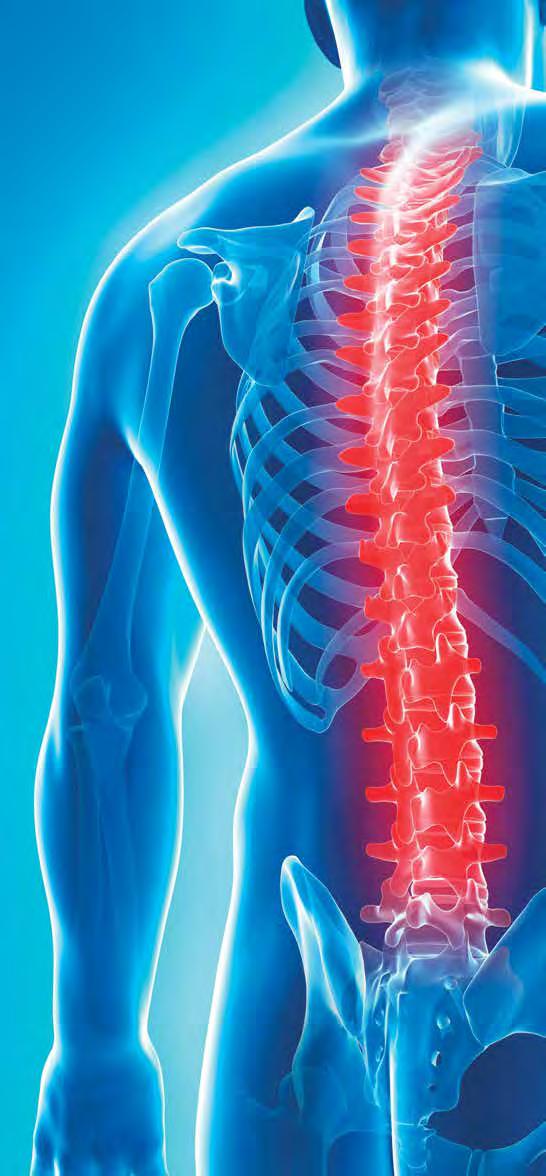
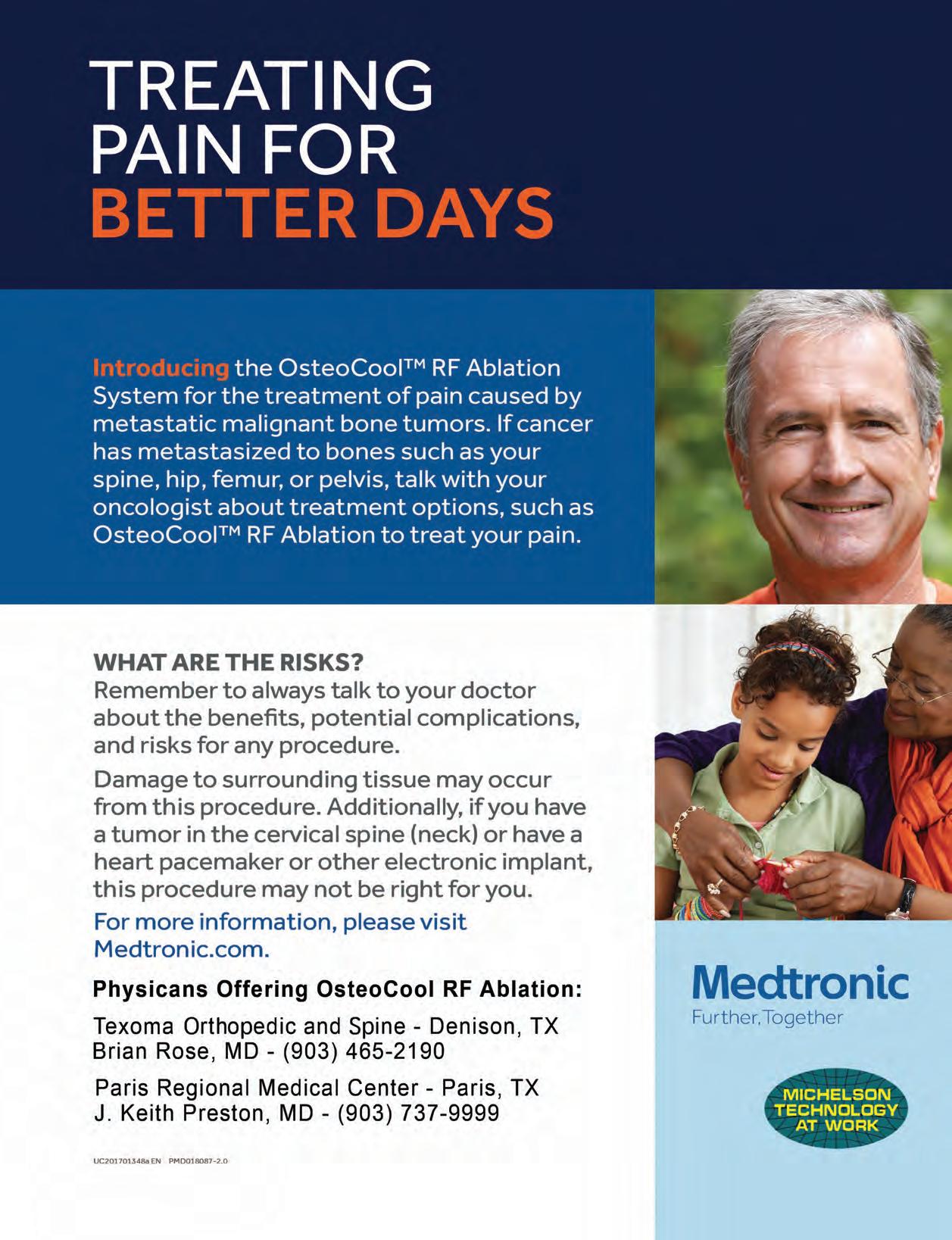

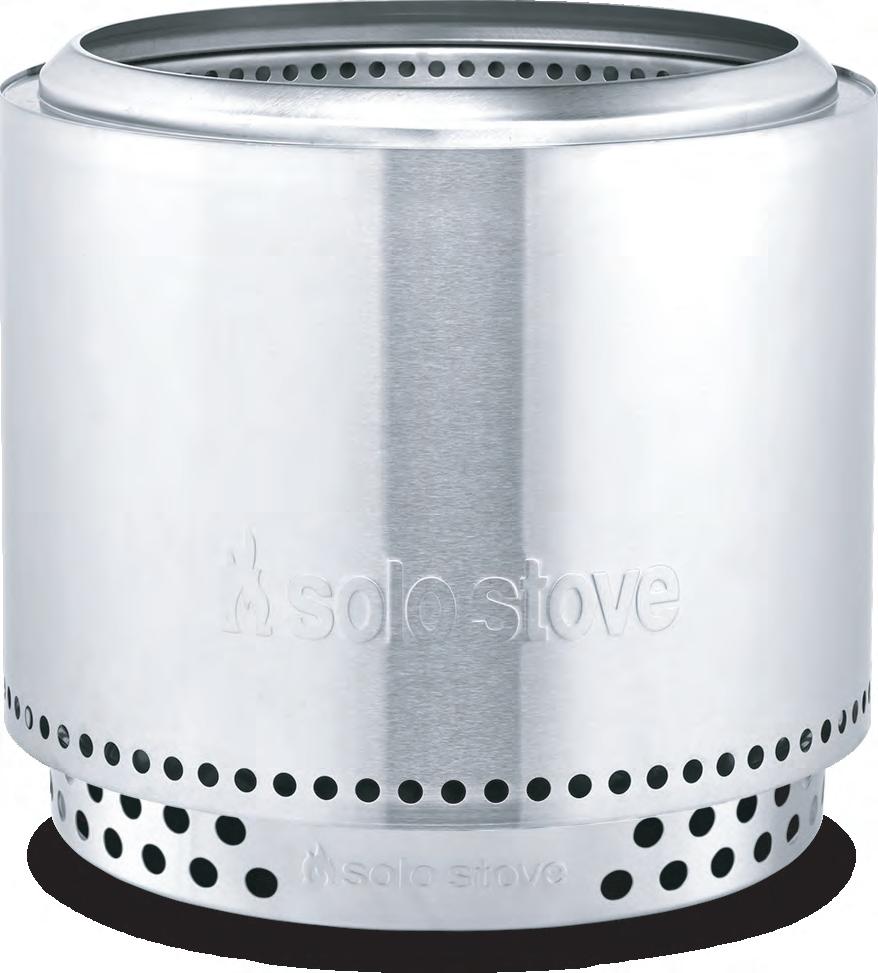

“While Alzheimer’s can’t be fixed, treatments and care can make a di erence in quality of life. We can be a valuable resource for families because we have experience caring for those with all forms of dementia. We’ll help the family go on this journey with the person they love.” – Steve Streun, owner
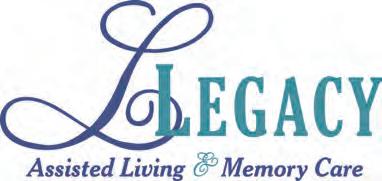
Steven & Kimberly Streun, Owners
(903) 337-1625

Betty Stoker, OTR & Kimberly Ross-Streun, OTR - Owners
(903) 463-0400
Licensed by the Texas Department of Aging & Disability #100516
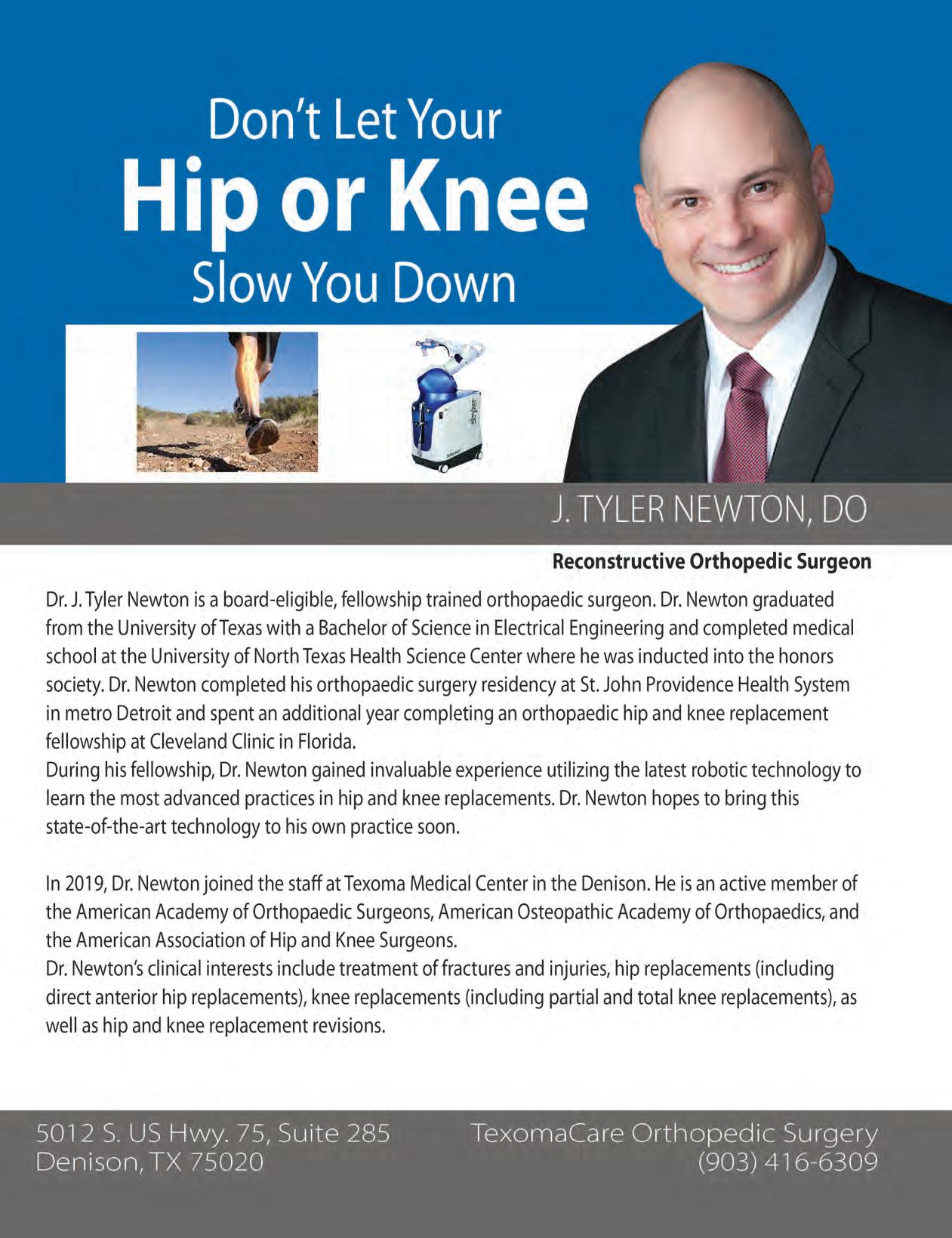
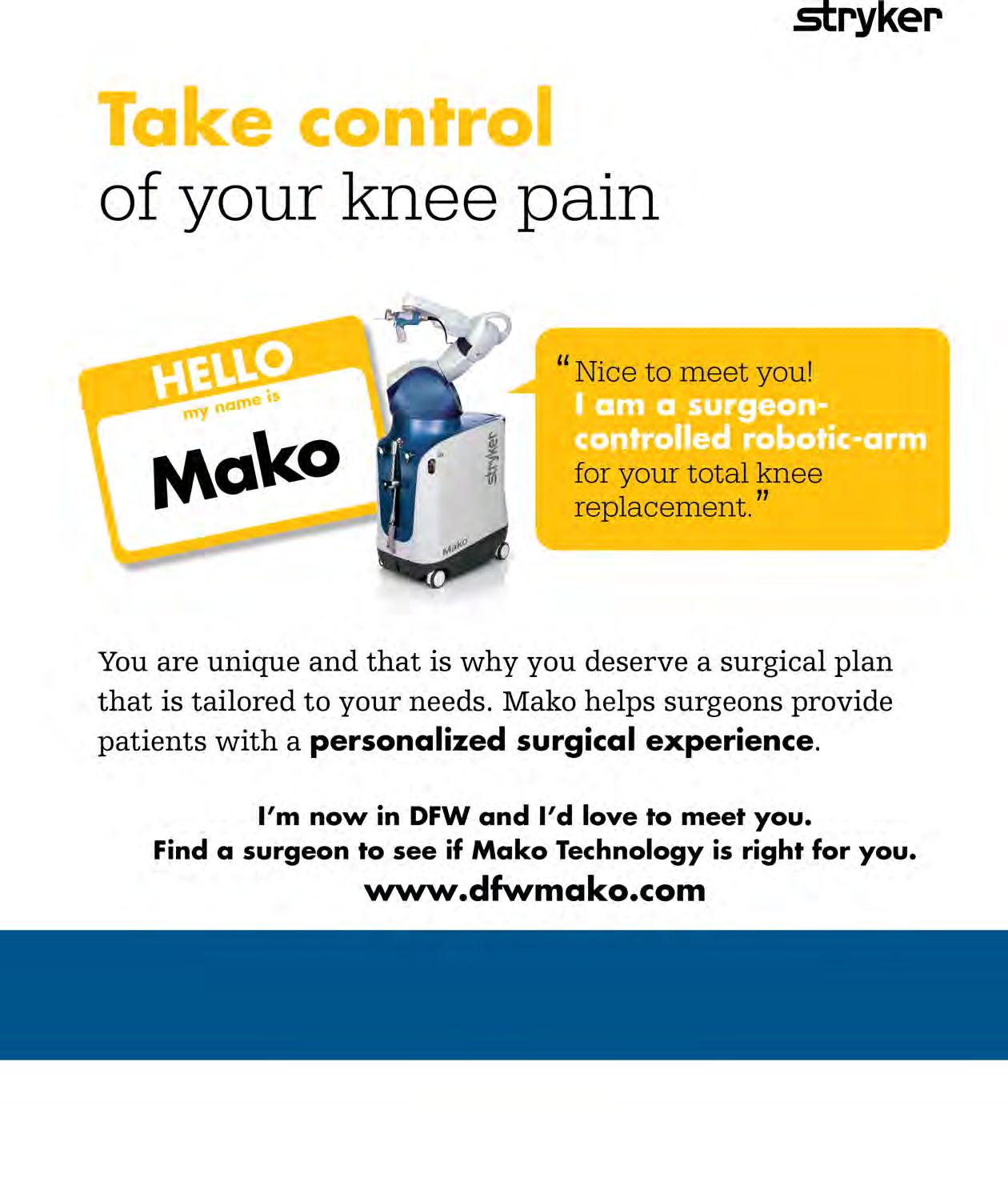
Making Tough Decisions at a Stressful Time
By TAMERA WHITLOW, LVN, USAFRecently I found myself with a loved one in the ER. He was having a heart attack and I wasn’t in the ER with him because I was trying to answer 101 questions. What did he want if his heart stopped? Does he want life sustaining measures? Does he have a DNR (Do Not Resuscitate) order? What an overwhelming and stressful time to be answering important questions! We had vaguely spoken about these things but not in detail. I had nothing concrete to go on in making choices for him and my decisions were made with little to do with what he wanted but more on what I thought he needed.
There are many reasons why he had not filled out his advance directives. He did not want to think or talk about death or disability, a very common response. I have often thought of it as an ostrich putting their head in the ground, not wanting to face the choices. Knowing the subject is hard to discuss, I wished I had pushed for answers. I especially wished he would have had Advance Directives so I would be definite on his wishes for life sustaining medical treatment. Advance directives have been in the health profession for over 50
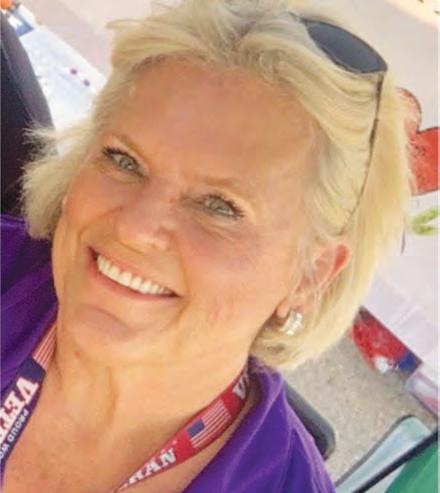
years. These important papers are usually given to you when you are checking in the hospital. I, for one, believe it is the worse time. It is terrible trying to decide on the rest of your life while staying focused on the present without being anxious. This is such an important step, no matter your age and you need to start now before you need the directives. It is a gift you give to your loved ones at a very stressful time. We made it through this ER visit and are now working on our choices for the future. I found it was helpful to have others facilitate this conversation because we talked about what was important. The team at Home Hospice provided information and support so our family will know our choices next time. Call them at 903-868-9315 or 940-665-9891 to help you.










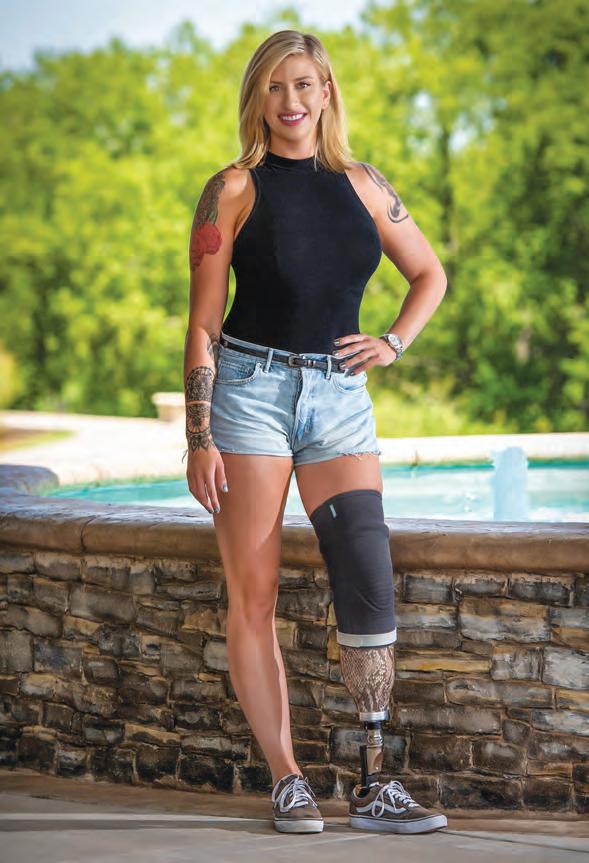
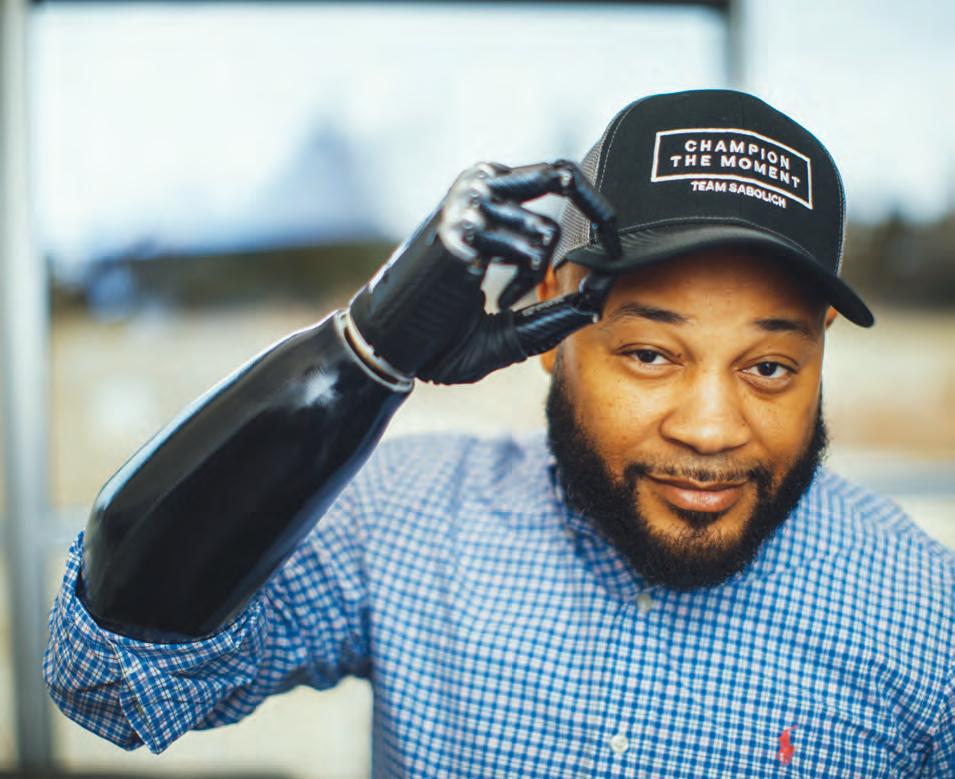

WHAT YOU NEED TO KNOW ABOUT
CHF
Congestive Heart Failure

It’s estimated that 5 million Americans have Congestive Heart Failure (CHF), a chronic and often undiagnosed medical condition in which the heart becomes weak and unable to pump blood effectively throughout the body. Although the words “heart failure” sounds alarming, it does not mean your heart has stopped beating or is about to. It means your heart is unable to pump blood the way it should, to deliver oxygen-rich blood to your body or remove waste from it. By not being able to effectively remove waste from the body, fluids build up in the lungs and other body tissues (including the abdomen, feet, ankles and legs). CHF is often chronic, which means it can be managed and treated, but not cured. Day-to-day activities such as walking, climbing a flight of stairs or grocery shopping can be difficult because you can, among other things, get short of breath and feel tired.
There are several different causes of CHF. Some risk factors are high blood pressure, coronary artery disease, irregular heartbeat, heart valve disease, congenital heart defects (defects you are born with), heart muscle disorder, previous heart attack(s), diabetes, alcohol and drug abuse.
A patient may go years without visible symptoms of CHF, and the symptoms typically worsen as you age. As the heart weakens, it pumps less blood. CHF develops slowly as you age because the heart itself tries to counteract its weakness by enlarging itself and pumping faster, attempting to keep the same amount of blood moving through the heart. However, this is only temporary. The heart eventually tires and cannot pump enough blood to meet the body’s requirement. Some symptoms of CHF include shortness of breath, feeling weak and/or tired, fatigue, swelling of the ankles, feet or legs, dizzy spells that can lead to decreased attention span and memory loss, frequent urination at night, an irregular or fast pulse, and weight gain from excessive fluid.
To see why your heart has weakened, a physician will perform an examination, ask questions and possibly do some tests. The physician is looking for signs and symptoms of CHF as well as any underlying condition that may have caused your heart to weaken. The physician
will use a stethoscope to listen for an irregular or quick heartbeat, and will listen to your chest for sounds of fluid around your lungs or the distinct sounds of a faulty heart valve. Your physician may order a chest x-ray to see if your heart is enlarged and detect any fluid around the lungs. An EKG (electrocardiogram) can be used to check for irregular heartbeats or prior heart attack. Echocardiography (sonography of the heart) can see the structure and movement of your heart. Other tests such as stress tests, holter monitor, nuclear scans and cardiac cath can be used as well.
Your physician uses the information learned to develop a treatment plan. The treatment for CHF depends on the cause and severity of your condition. It’s best treated when the cause of your CHF is identified. The treatment plan is designed to relieve some of your symptoms and may include medications to help your heart work better, rest periods during the day, dietary changes to reduce the amount of sodium you ingest, physical activity as prescribed by your doctor, lifestyle changes such as limiting how much alcohol you drink, quitting smoking, controlling your high blood pressure, diabetes and cholesterol levels, and weighing yourself daily to watch for fluid buildup.
According to Centers for Disease Control and Prevention, one person dies every 36 seconds in the U.S. from cardiovascular disease. About 655,000 Americans die from heart disease each year—that’s 1 in every 4 deaths. This is because people are living longer. As baby boomers age, CHF rates will increase. CHF is the number one cause for hospital admission in the United States for people age 65 and older. The best treatment for CHF is prevention but it’s equally important for those who suffer from CHF to know they have options. People with CHF can lead happy, productive lives. It’s important for those suffering with CHF to include their families and friends, build a support network, make the lifestyle and dietary changes they need to, and frankly become active participants with their physicians in the management of their health. If you’re suffering from some of the signs and symptoms of CHF and have not been to a doctor recently, please call your primary care physician and set up an appointment.
According to Centers for Disease Control and Prevention, one person dies every 36 seconds in the U.S. from cardiovascular disease. About 655,000 Americans die from heart disease each year—that’s 1 in every 4 deaths.


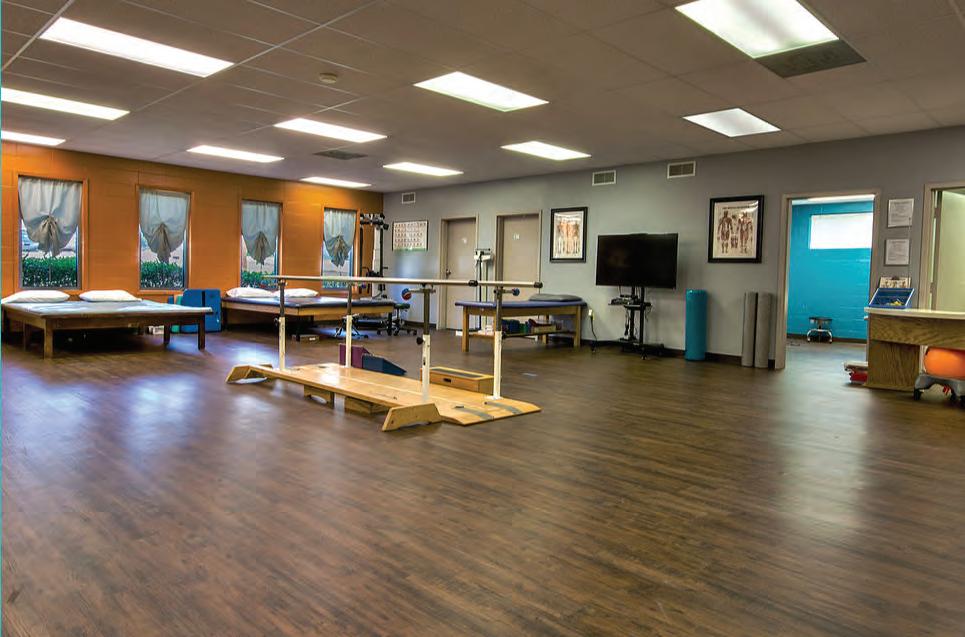
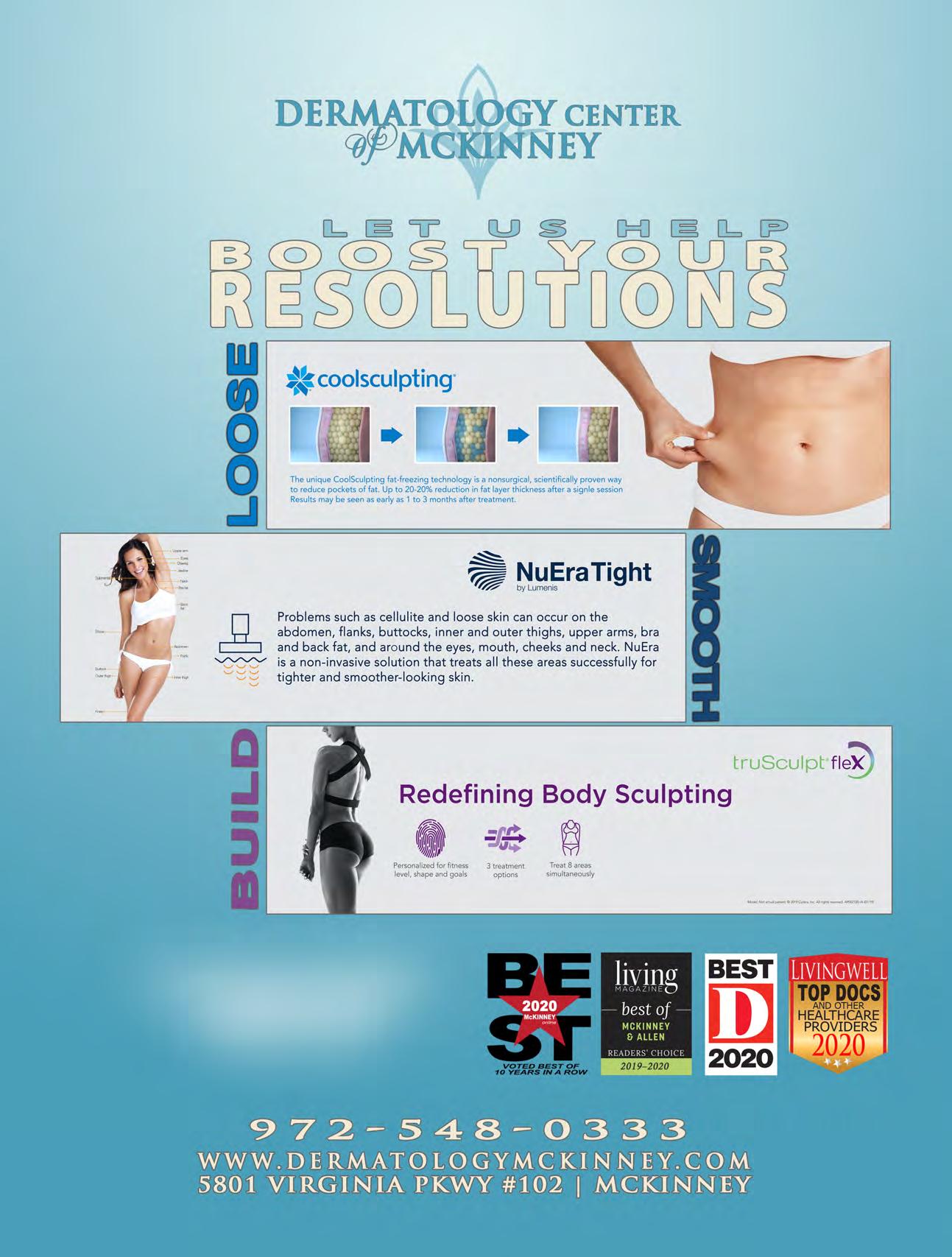

Sleep Apnea: WHAT YOU NEED TO KNOW
We hear a lot about obstructive sleep apnea (OSA) from both local and national news sources. Some 20 million people suffer with OSA and only 10% are diagnosed. More than 50% of those over 64 have a sleep problem. What is OSA, the causes, effects and how is it treated? I will try to answer these questions so if you or a loved one are aware of the symptoms you can take action.
There are two types of sleep apnea: central and obstructive. Central is less common, occurs when the brain fails to send the appropriate signal to the breathing muscles to initiate respirations. Obstructive is more common and occurs when air cannot flow into or out of the person’s nose or mouth although efforts to breathe continue. In a given night, the number of involuntary breathing pauses or “apnea events” may be as high as 20 to 30 or more an hour. These pauses are usually accompanied by snoring between apnea events, although not everyone who snores has this condition.
During these “events” the person in unable to breathe in oxygen and to exhale carbon dioxide, resulting in low levels of oxygen and increased levels of CO2. The brain senses this imbalance and triggers the upper airway muscles to open; usually a loud snort or gasp will occur. These arousals restart breathing but prevent the patient from getting deep restorative sleep (Stage 4 or REM).
Contributing risk factors for sleep disorders including being overweight, race, gender, smoking, alcohol consumption, high blood pressure, under-active thyroid or some physical abnormality in the nose, throat or upper airway. Sleep apnea seems to run in some families, possible genetic basis.
SIGNS AND SYMPTOMS OF SLEEP APNEA
Loud disruptive snoring cessation of breathing during sleep, waking up gasping, morning headaches, grogginess, dry mouth, frequent nighttime urination, moodiness and irritability. This pretty much is how I feel after staying out late and my grandkids wake me up early.
Left untreated OSA can lead to serious health conditions,
including physical, emotional consequences and an increase in accidents. The effects are excessive daytime sleepiness, poor concentration, irritability, possible depression, memory difficulties and increase stroke or heart attack risk. Long term is the strain untreated OSA places on the body along with the “link” to other medical conditions; CHF, nocturnal arrhythmias, Type II diabetes, hypertension and stroke.
As one who has OSA, I understand the ways that I coped to deal with my being sleepy during the day, not realizing how tired I was in the morning. It was my wife and my involvement with various respiratory manufacturers that led me to visit my doctor. I had a complete physical, answered several questions and was referred to a sleep physician specialist. I along with my wife completed a detailed questionnaire and after another meeting, it was agreed that I should have an overnight sleep study. This is a painless overnight exam that monitors one’s sleep; electrodes and sensors record all brain activity, eye movements and breathing functions. This will help determine the type and frequency of the sleep disorder that may be occurring nightly.
HOW IS SLEEP APNEA TREATED?
In cases of mild sleep apnea, certain lifestyle changes can sometimes achieve positive results. Exercise and proper sleep habits, oral appliances, avoiding alcohol and sleeping pills (make throat muscles relax) or sleep on your side. The most common and successful method is through continuous positive airway pressure (CPAP) device. In this procedure, a mask is worn at night over the nose or mouth and the air pressure will keep the airway open while you’re asleep. The pressure setting is based on the sleep study. From experience, the mask fitting is crucial to achieving success and compliance. The goal of the provider is to work with the patient to determine the best interface that will allow the patient and their bedmate to sleep comfortably. Once this is determined, follow up, encouragement and support is needed from the health team and spouse to stay compliant with the treatment.


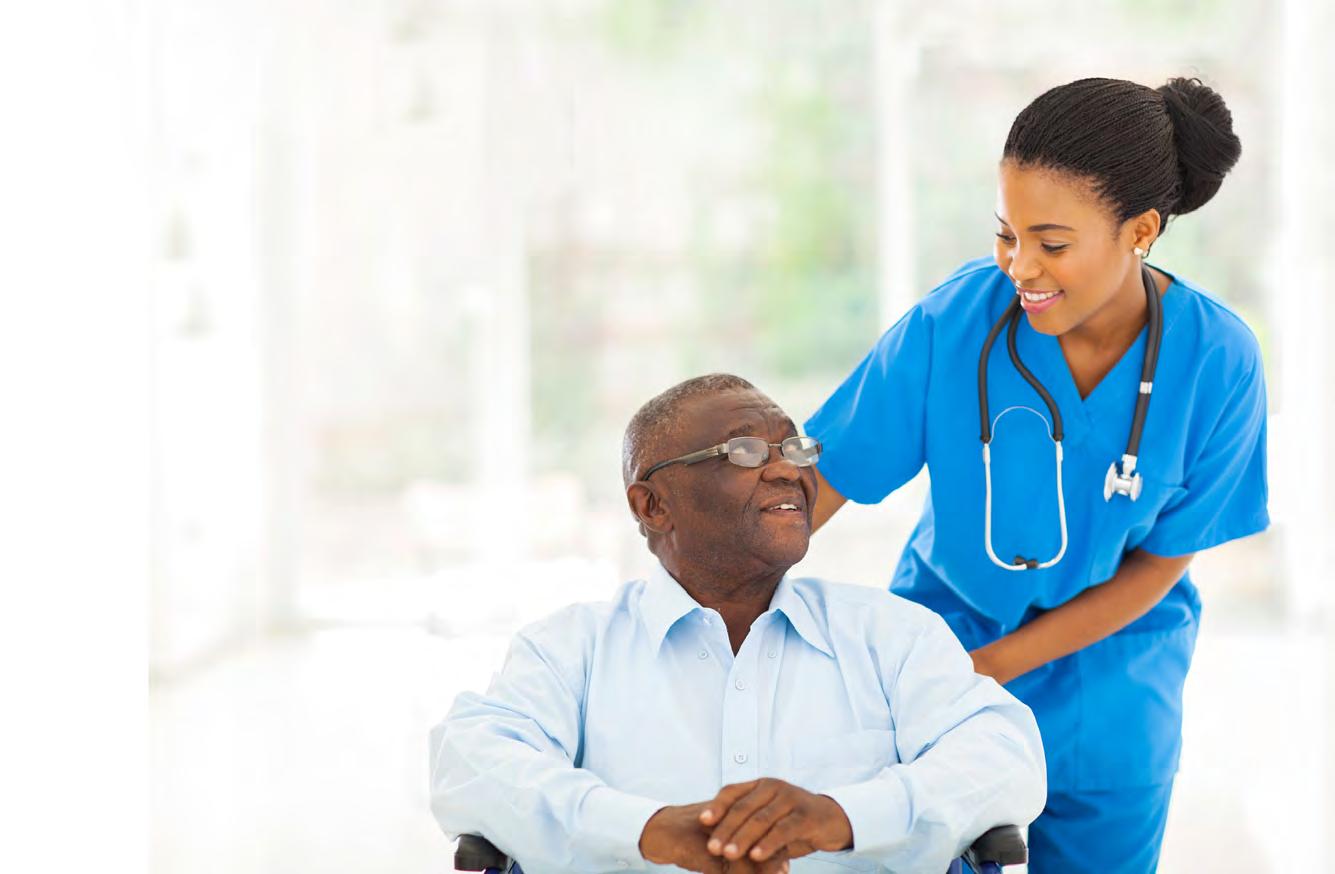
We work together to heal your wound
SPECIALIZED WOUND CARE
Our team of specialists uses an advanced clinical approach, including hyperbaric oxygen therapy, to reduce your healing time.
Working together with your healthcare provider, our trained staff will get you back to living your daily life.
MEET OUR PHYSICIAN PANEL
Dr. Edward Tomoye
Infectious Disease/HBO/Wound Care
Dr. Minaxi Rathod
Infectious Disease/HBO/Wound Care
Dr. Jennifer Laing
Family Practitioner/HBO/Wound Care
Dr. Dustin Lloyd
Podiatry/HBO/Wound Care
WE TREAT ALL WOUNDS INCLUDING, BUT NOT LIMITED TO:
• Diabetic foot ulcers
• Venous ulcers
• Pressure ulcers
• Surgical wounds
• Traumatic wounds
• Arterial ulcers
• Late effects of radiation treatments
• Compromised skin grafts and flaps
• Crush injuries
CHOOSE WILSON N. JONES
If you have a wound or an ulcer that is not healing, or any wound that is of concern, ask your physician for a referral to the wound center or contact us directly for an appointment.
891-2139
